Samsung Galaxy Z Fold 6 vs Samsung Galaxy Z Flip 6: which foldable deserves your money?
Both phones feature improved specs and come with AI smarts
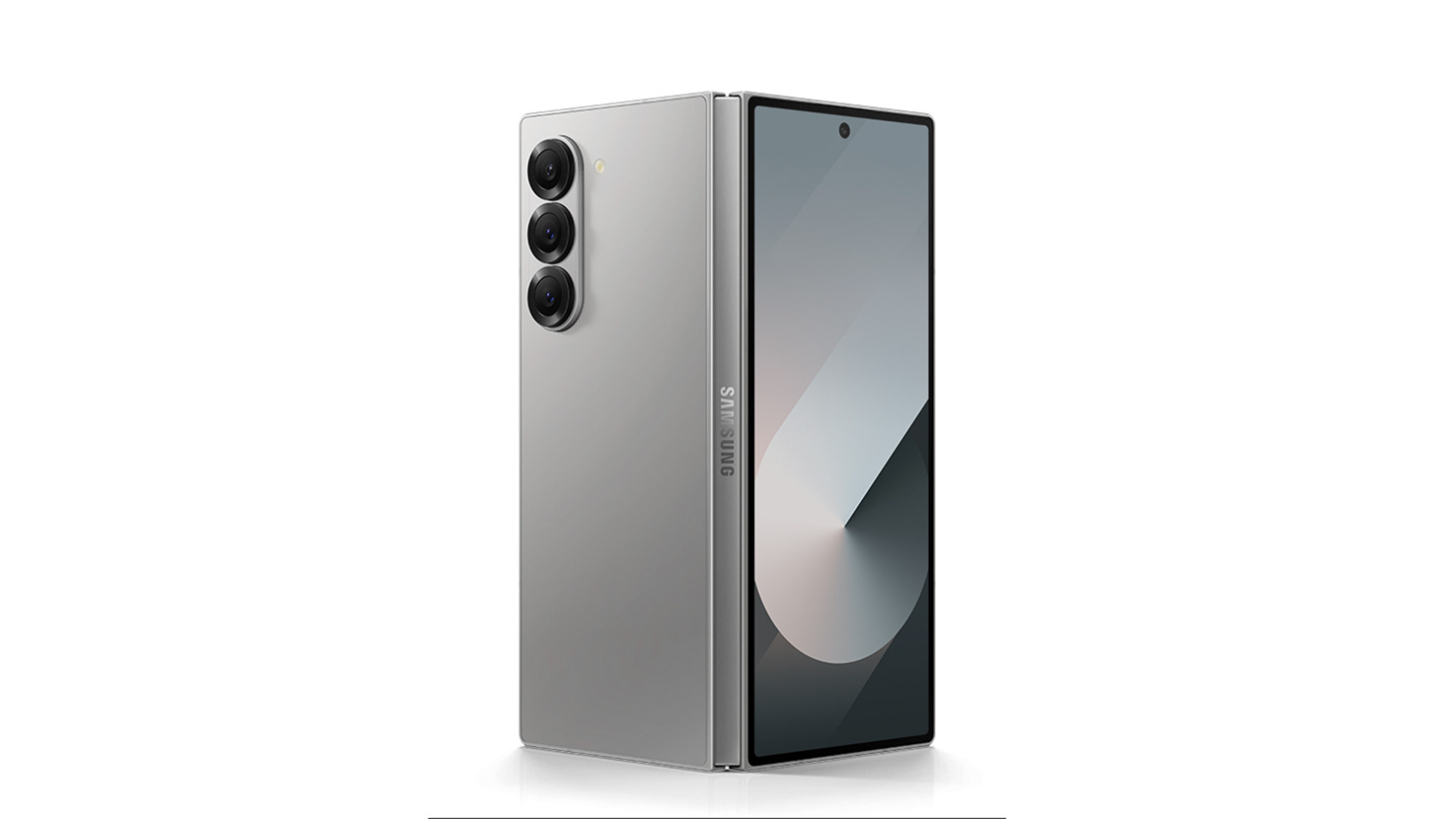
Samsung Galaxy Z Fold 6 is Samsung's most comprehensively thought-out foldable to date, with a suite of AI features and tools.
For
- Best foldable yet from Samsung
- Bigger, brighter main screen and wider cover display
- Lots of AI
Against
- Camera array got only a small upgrade
- More expensive
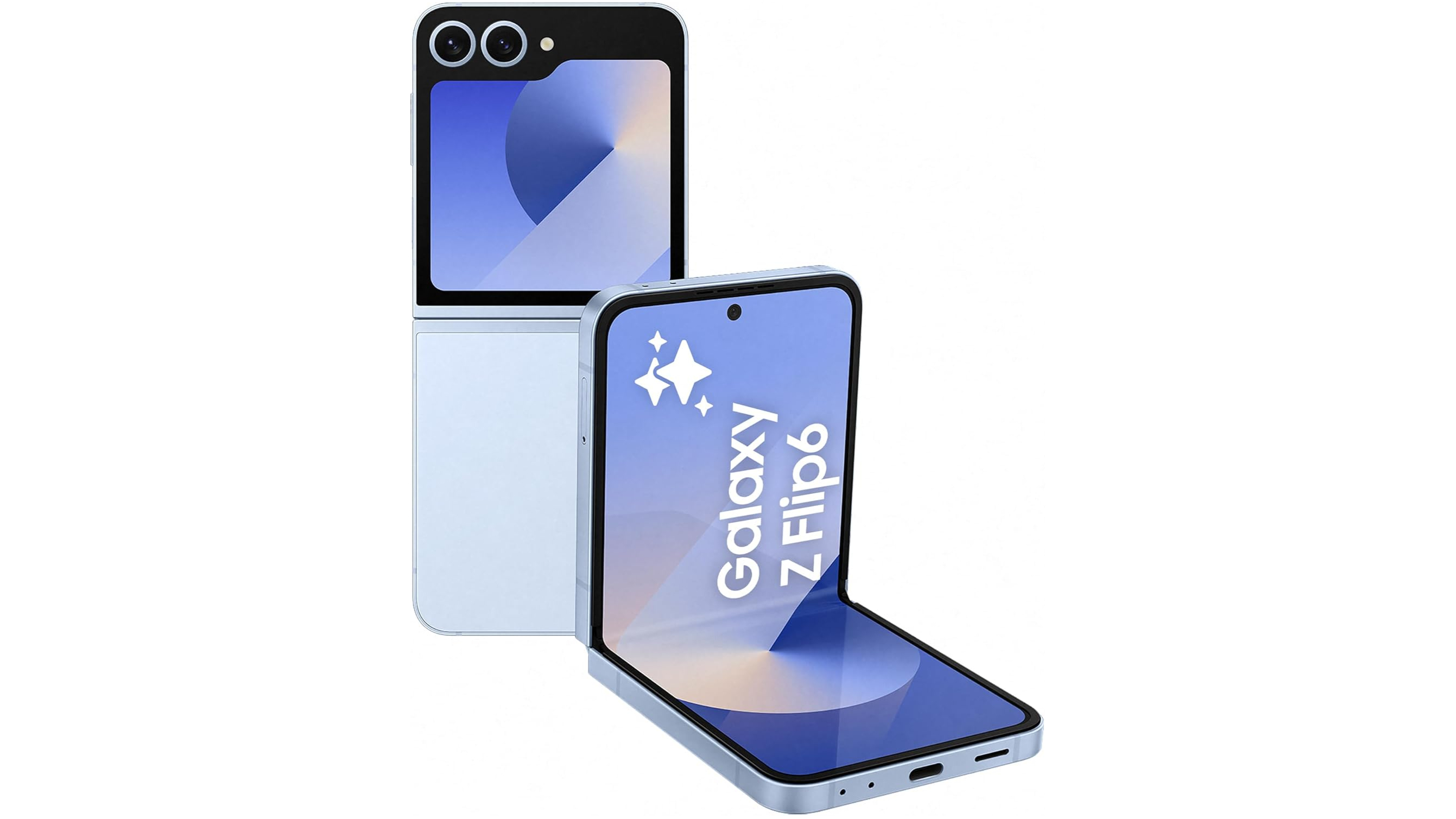
The Samsung Galaxy Z Flip 6 is all about strong performance and great software. And it fits AI smarts into a slick flipping phone design.
For
- Durable design and more refined build
- Powerful performance and productive features
- Galaxy AI is pretty good, and getting better
Against
- Lacks innovative cover-display capabilities
- Battery life is below average and charging is slow
- IP48 protection does not mean it’s dust resistant
While the foldable competition is undoubtedly getting stronger by the year, it’s fair to say that Samsung rules the folding phone roost. It’s been turning out high quality Fold and Flip phones one a more consistent basis than anyone, and it has sold the most by far.
This year will likely be no different, with the Samsung Galaxy Z Fold 6 and Galaxy Z Flip 6 already on our list of the best foldable phones.
However, as you'll see from out Samsung Galaxy Z Fold 6 review and Galaxy Z Flip 6 review, this isn’t the year of any great advances or innovations with either of these foldables. Rather, Samsung has tweaked the designs, improved the core specs, and refined its core proposition of what a foldable device should look like.
Based on the hand Samsung is about to deal, then, should you Flip or Fold in 2024? Let’s take a closer look at the facts and figures.
Samsung Galaxy Z Fold 6 vs Samsung Galaxy Z Flip 6: specs comparison
Before we get to an in-depth breakdown of how these two phones compare, here’s a brief overview of their key specs.
| Galaxy Z Fold 6 | Galaxy Z Flip 6 | |
|---|---|---|
| Weight: | 239g | 187g |
| Dimensions: | 153.5 x 132.6 x 5.6 mm (open), 153.5 x 68.1 x 12.2 mm (closed) | 165.1 x 71.9 x 6.9 mm (open), 85.1 x 71.9 x 14.9 mm (closed) |
| Screen size: | 7.6-inch (main), 6.3-inch (cover) | 6.7-inch (main), 3.4-inch (cover) |
| Resolution: | 1856 x 2160 (main), 968 x 2376 (cover) | 1080 x 2640 (main), 720 x 748 (cover) |
| Chip: | Snapdragon 8 Gen 3 for Galaxy | Snapdragon 8 Gen 3 for Galaxy |
| RAM: | 12GB | 12GB |
| Storage: | 256GB / 512GB / 1TB | 256GB / 512GB |
| Battery: | 4,400mAh | 4,000mAh |
| Rear cameras: | 50MP + 12MP + 10MP | 50MP + 12MP |
| Front camera: | 10MP (cover), 4MP (under-display) | 10MP |
| Colors: | Navy, Silver Shadow, Pink, Black, White | Yellow, Silver Shadow, Mint, Blue, Black, White, Peach |
Samsung Galaxy Z Fold 6 vs Samsung Galaxy Z Flip 6: price and availability
Both the Galaxy Z Fold 6 and Flip 6 went on sale July 24 in the US and UK, and on July 31 in Australia.
Prices for the Galaxy Z Fold 6 start from $1,899 / £1,799 / AU$2,749 for the 256GB model, moving up to $2,019 / £1,899 / AU$2,949 for 512GB and $2,259 / £2,099 / AU$3,299 for 1TB. This is a $100 / £50 / AU$150 price increase over the Fold 5.
Prices for the Samsung Galaxy Z Flip 6 start from $1,099.99 / £1,049 / AU$1,799 for 12GB of RAM and 256GB, moving up to $1,219 / £1,149/ AU$1,999 for 12GB/512GB. As that suggests, US and Australia customers are getting a $100 / AU$150 price hike, while in the UK the price stays the same.
As you can see, the Galaxy Z Fold 6 is by far the more expensive of these two devices. Let’s see if it earns those extra dollars and pounds.
Samsung Galaxy Z Fold 6 vs Samsung Galaxy Z Flip 6: design
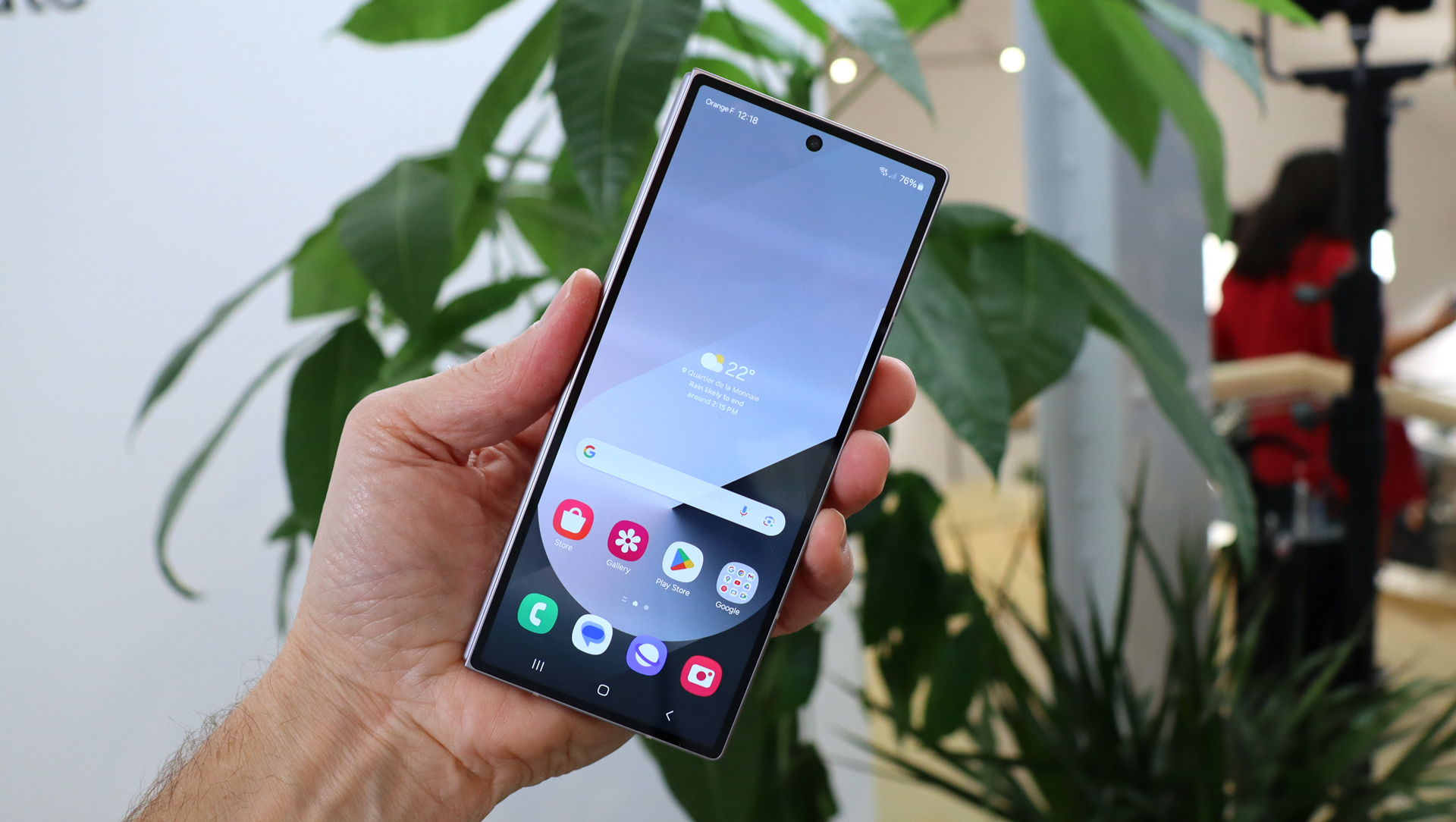
For the uninitiated, the gist of the difference between these two phones is this: the Galaxy Z Fold 6 is a big foldable phone that opens out like a book, changing from a large phone into a compact tablet, while the Galaxy Z Flip 6 is a large phone that folds down into compact clamshell form factor.
One uses advanced hinge and flexible screen technology to expand your productivity, web browsing, and media consumption possibilities; the other uses them to disappear into your pocket when not in use.
As well as having a much larger footprint, this means that the Galaxy Z Fold 6 is much heavier (239g) than the Flip 6 (187g), even if the bigger phone is the only one to actually shed weight compared to its predecessor.
At 5.6mm when open, the Fold 6 is also quite a bit thinner than the 6.9mm Flip 6. Now that both of these devices fold completely flat, with pronounced plastic lips protecting those soft inner displays, this makes the Fold 6 feel more like a normal phone than ever – albeit still a rather chunky one.
Let’s not go overboard here though. We seem to say this every year, but the Galaxy Z Fold 6 and the Galaxy Z Flip 6 look a lot like their immediate predecessors.
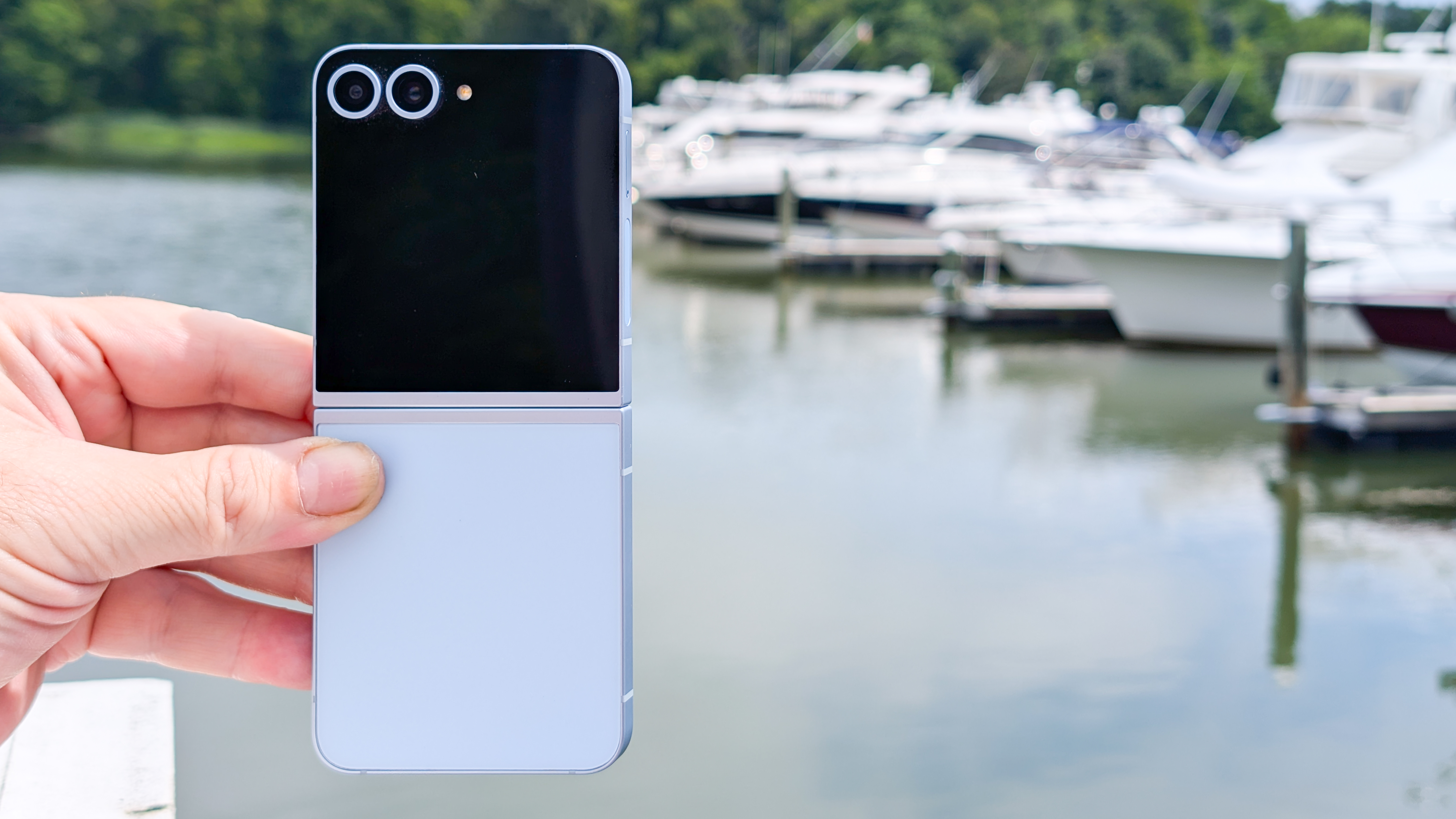
The Galaxy Z Flip 6 is perhaps the least changed of the two, though its edges are a little flatter than before. The Galaxy Z Fold 6 is even more industrial looking, with much pointier corners. It also has a subtly different balance, with a fractionally wider and thus more ‘regular smartphone’ look when closed, and an even squarer aspect ratio when open.
Both phones make their camera modules stand out more than before, with color-contrasting surrounds for each lens. The Galaxy Z Fold 6 goes further by mounting these on a lozenge-shaped metal plinth, presumably to account for its thinner body.
Otherwise, both feature the same Gorilla Glass Victus 2 cover display glass and the same Enhanced Armor Aluminum frame. The Fold 6 is a little more dust resistant with an IP48 rating compared to the Flip 6’s IPX8, though in practical terms you wouldn’t want to introduce either to a bag of flour.
Samsung Galaxy Z Fold 6 vs Samsung Galaxy Z Flip 6: display
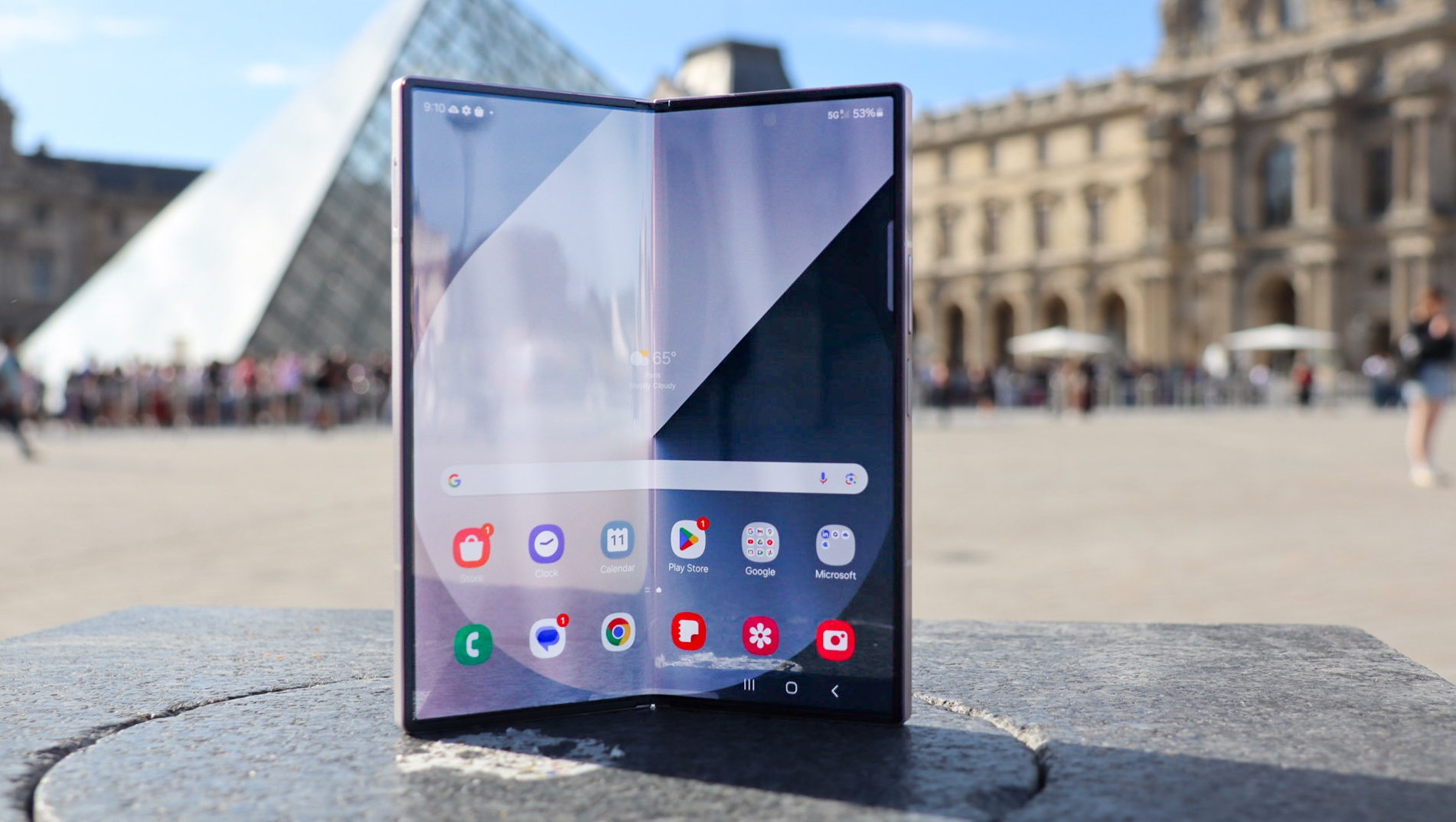
With such fundamentally different proportions, you’d expect these two phones to have very different displays. You’d be right.
The Galaxy Z Fold 6 has a 7.6-inch AMOLED main square display when unfolded, while the Galaxy Z Flip 6 has a more regular 6.7-inch AMOLED. Both can hit 120Hz, and both can hit a peak brightness of 2,600 nits.
With the Fold 6 you’re getting a 1856 x 2160 resolution with a pixel density of 374 ppi, while the Flip 6 gets you 1080 x 2640 and 426 ppi.
One other notable difference between these two main screens is that only the Galaxy Z Fold 6 supports Samsung’s S Pen stylus – though you’ll need to buy that separately, and it still can’t be stashed on the body of the device itself.
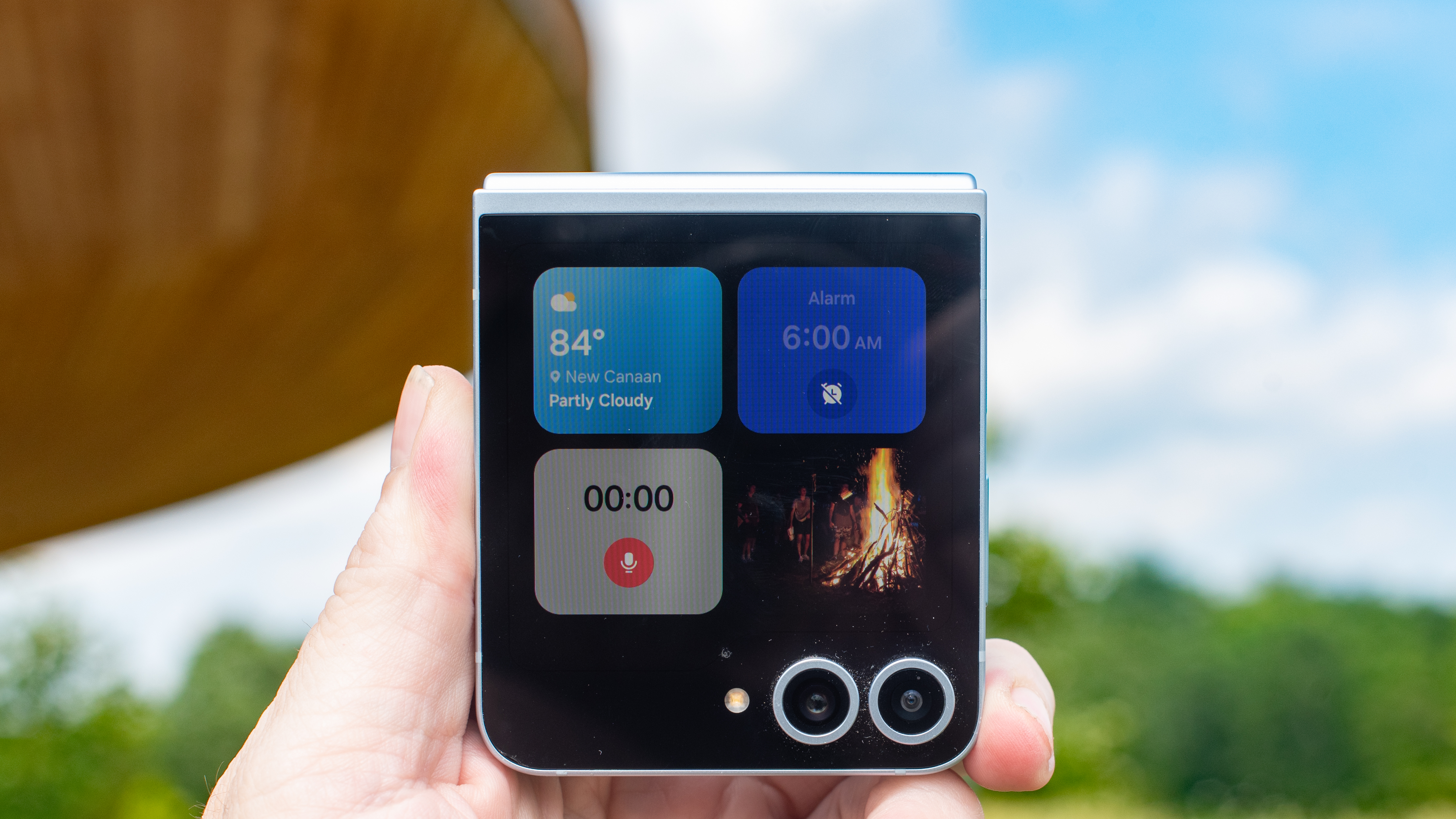
Part of the deal with these foldables is that you can use both phones while they’re closed up, which means they come with secondary Cover Screens. That’s a far bigger deal in the Fold 6, where you can use its 6.3-inch 968 x 2376 AMOLED with a 120Hz refresh rate like a regular phone.
In the Galaxy Z Flip 6, it’s a relatively pokey 3.4-inch 720 x 748 AMOLED with a lower 60Hz refresh rate. Rather than a full view of your home screen, this vaguely square-ish touchscreen operates a series of bespoke heads-up widgets and expanded notifications.
Samsung Galaxy Z Fold 6 vs Samsung Galaxy Z Flip 6: cameras
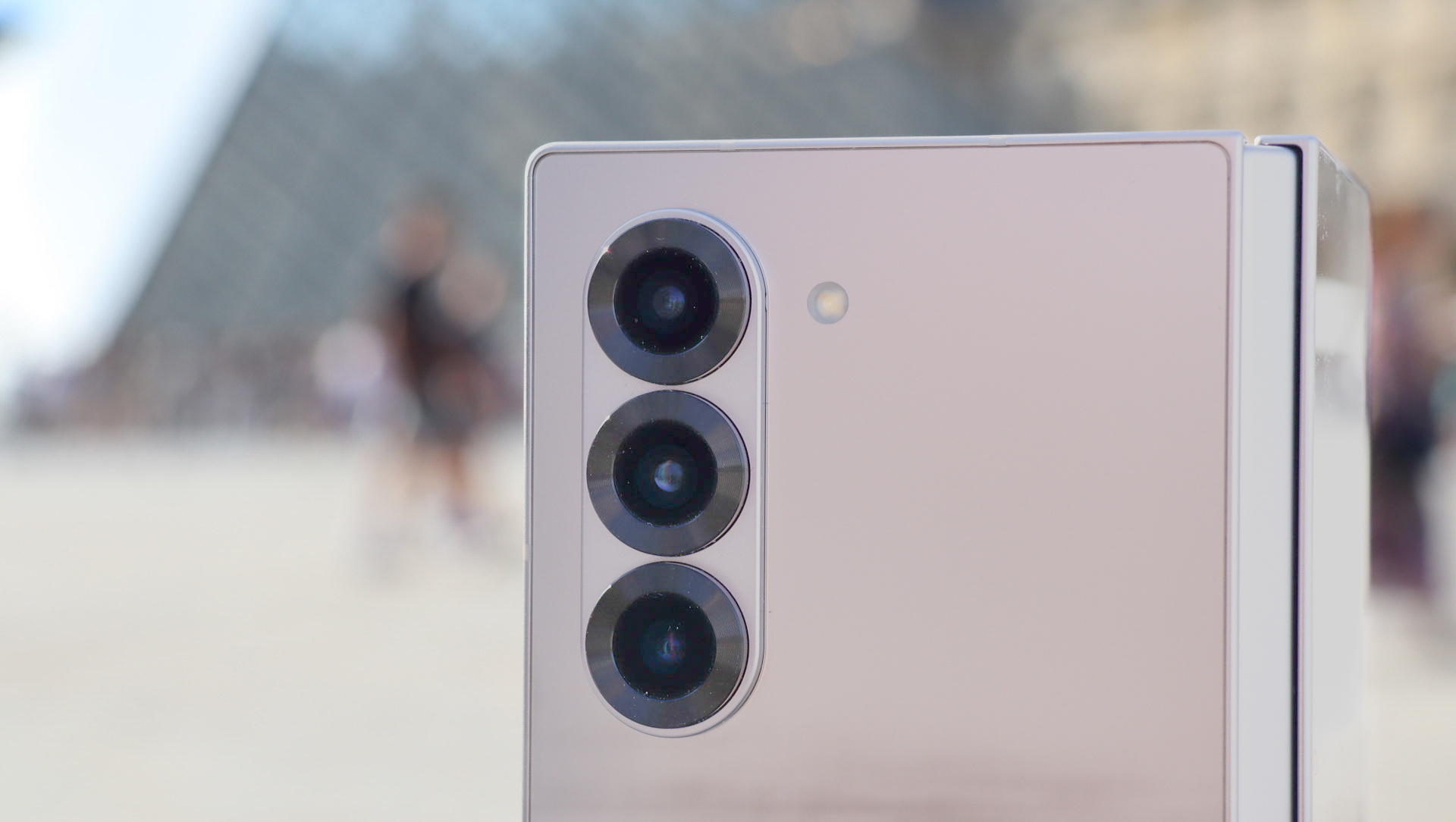
Samsung hasn’t changed much with the Galaxy Z Fold 6 camera set-up. You get a very similar-looking 50MP f/1.8 main camera, 12MP f/2.2 ultra-wide, and 10MP f/2.4 3x telephoto to the Fold 5.
There is a new component in there, however, in the form of a new ultra-wide sensor, which is reportedly better in low-light conditions. In general, the cameras deliver sharp shots with lots of color and detail, with the updated ProVisual Engine improving a lot on the computational photography side.
A 3x optical zoom is a little shrug worthy, and the 4MP camera under the main screen is fine for video calls but not much good for serious selfie snapping.
Galaxy Z Fold 6 camera samples
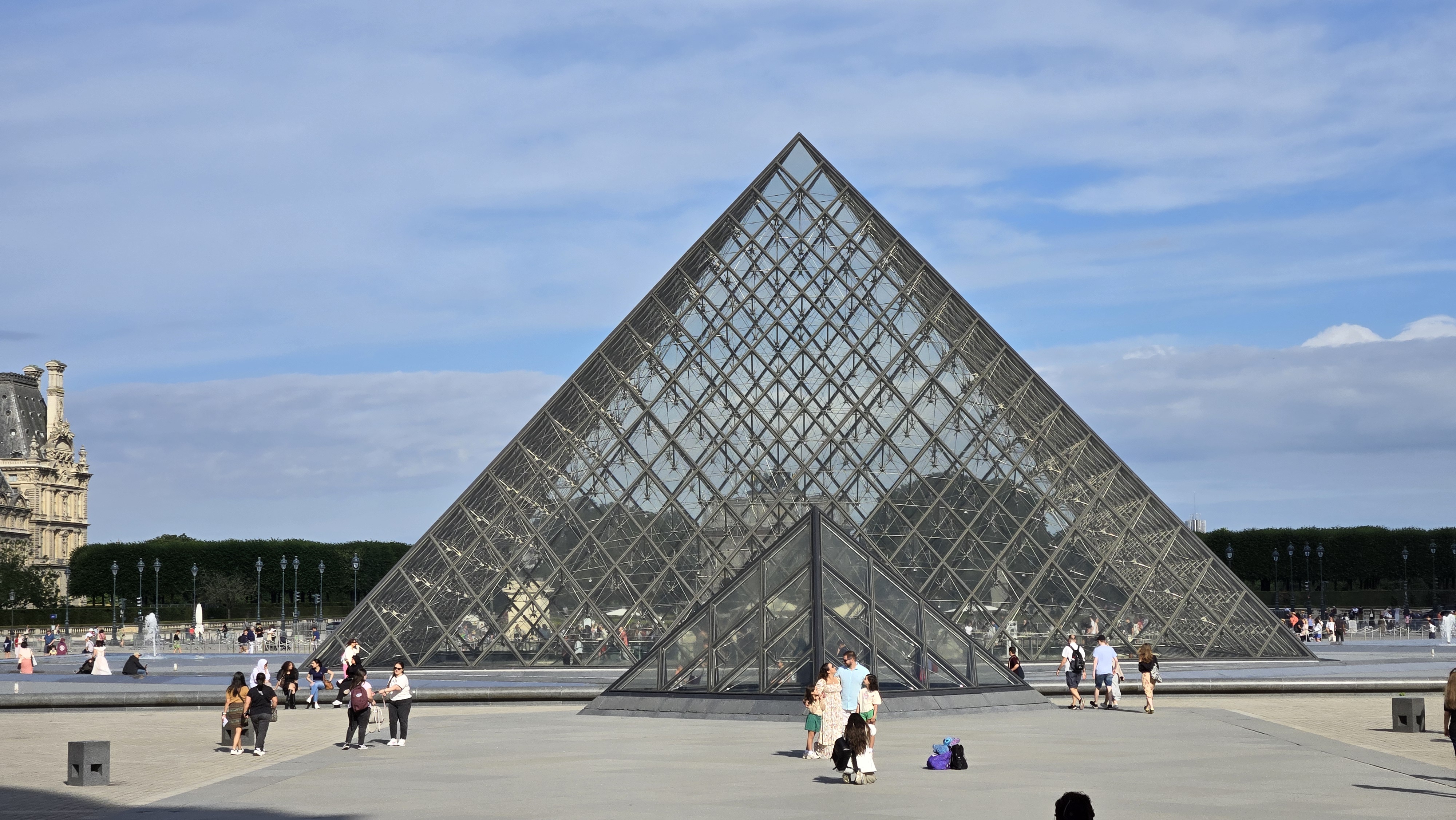
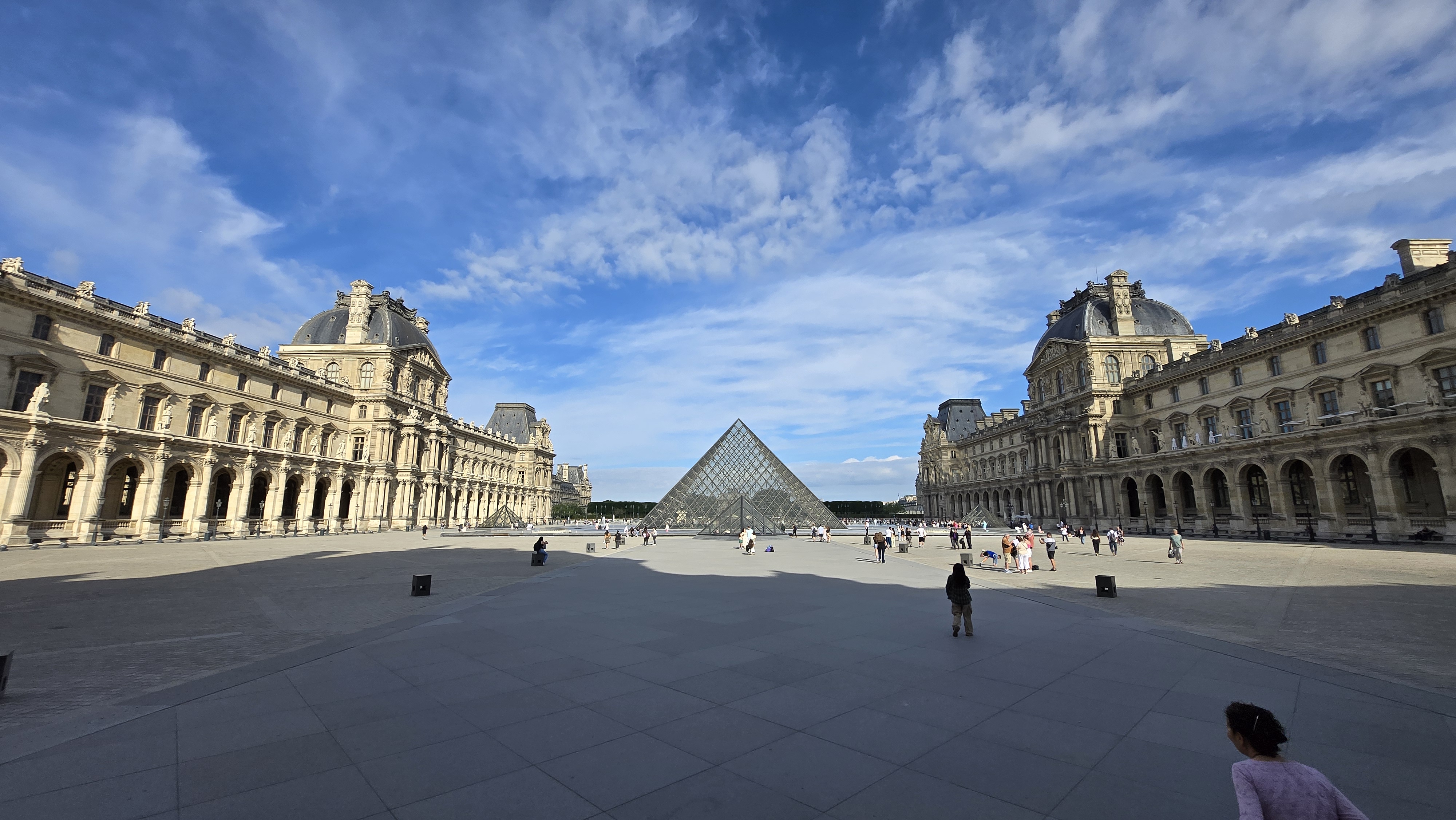
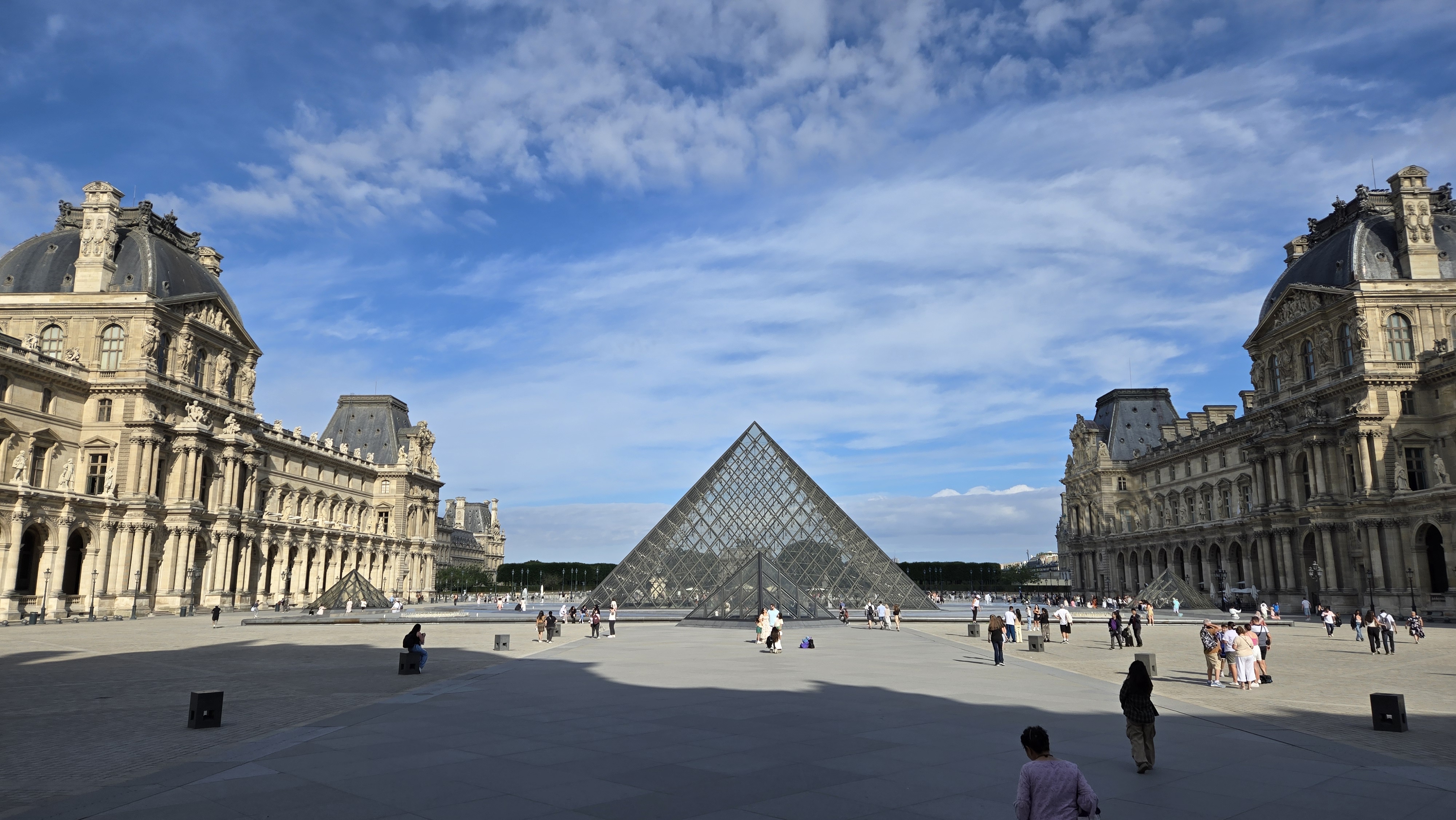



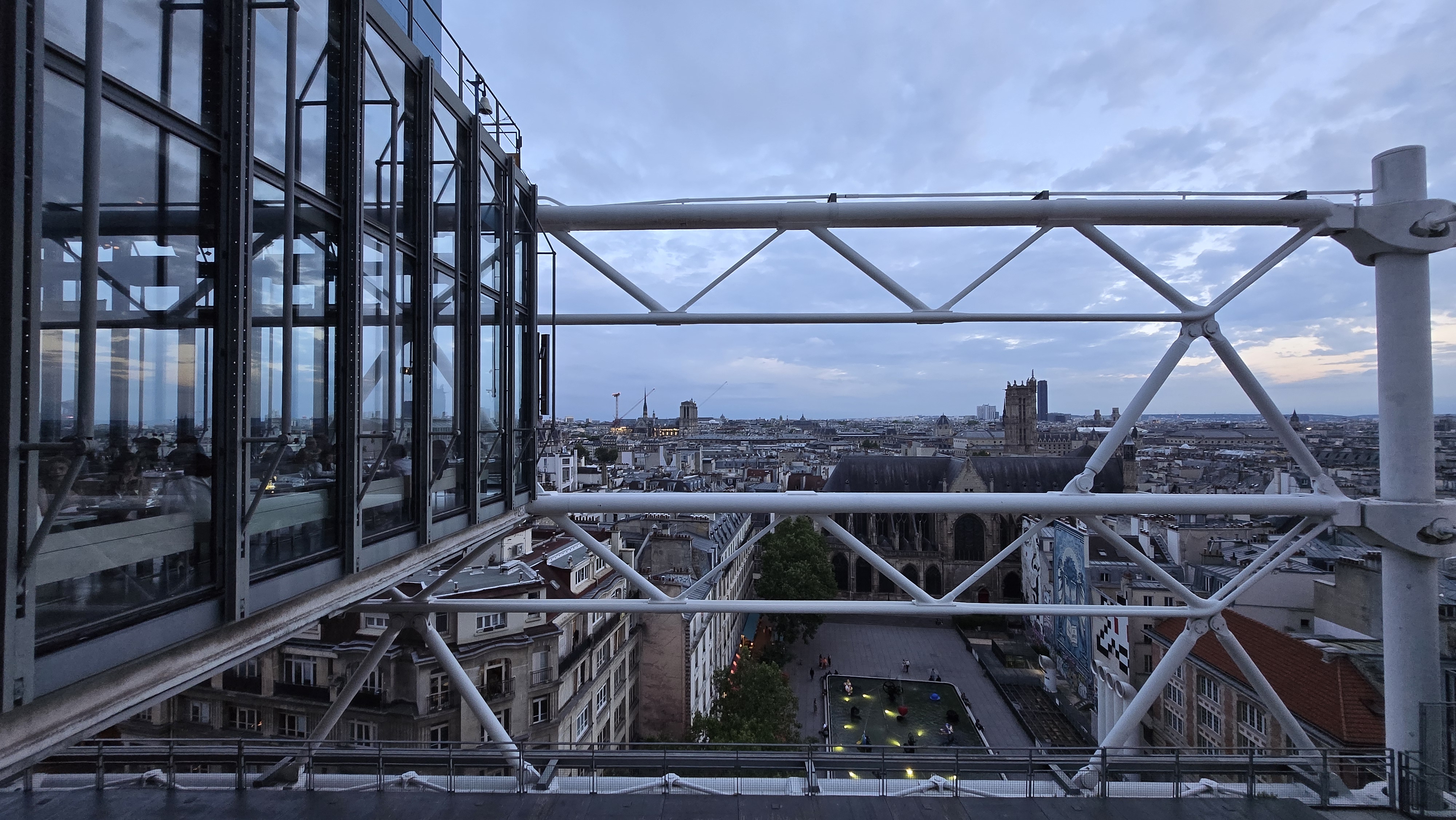



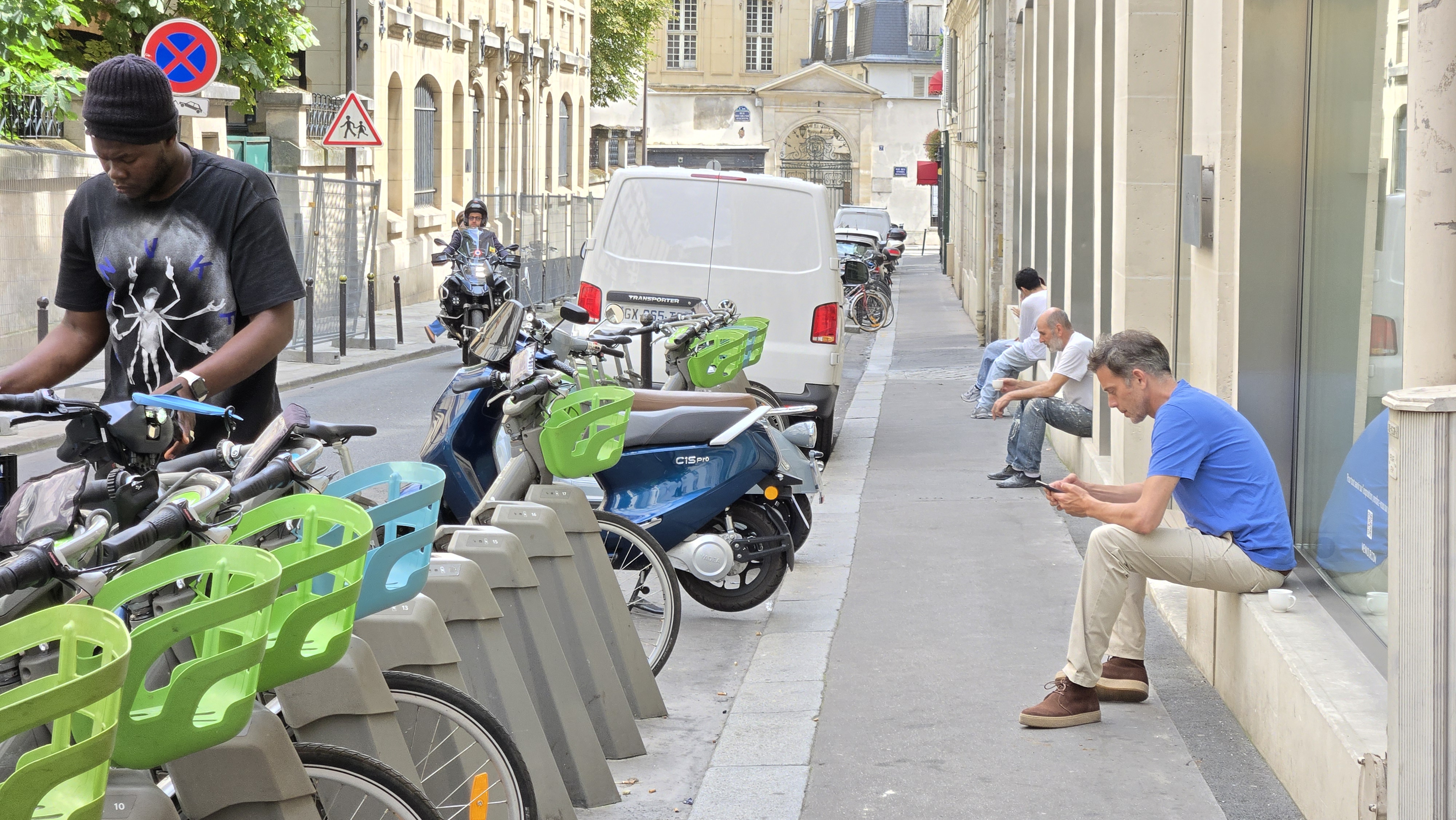




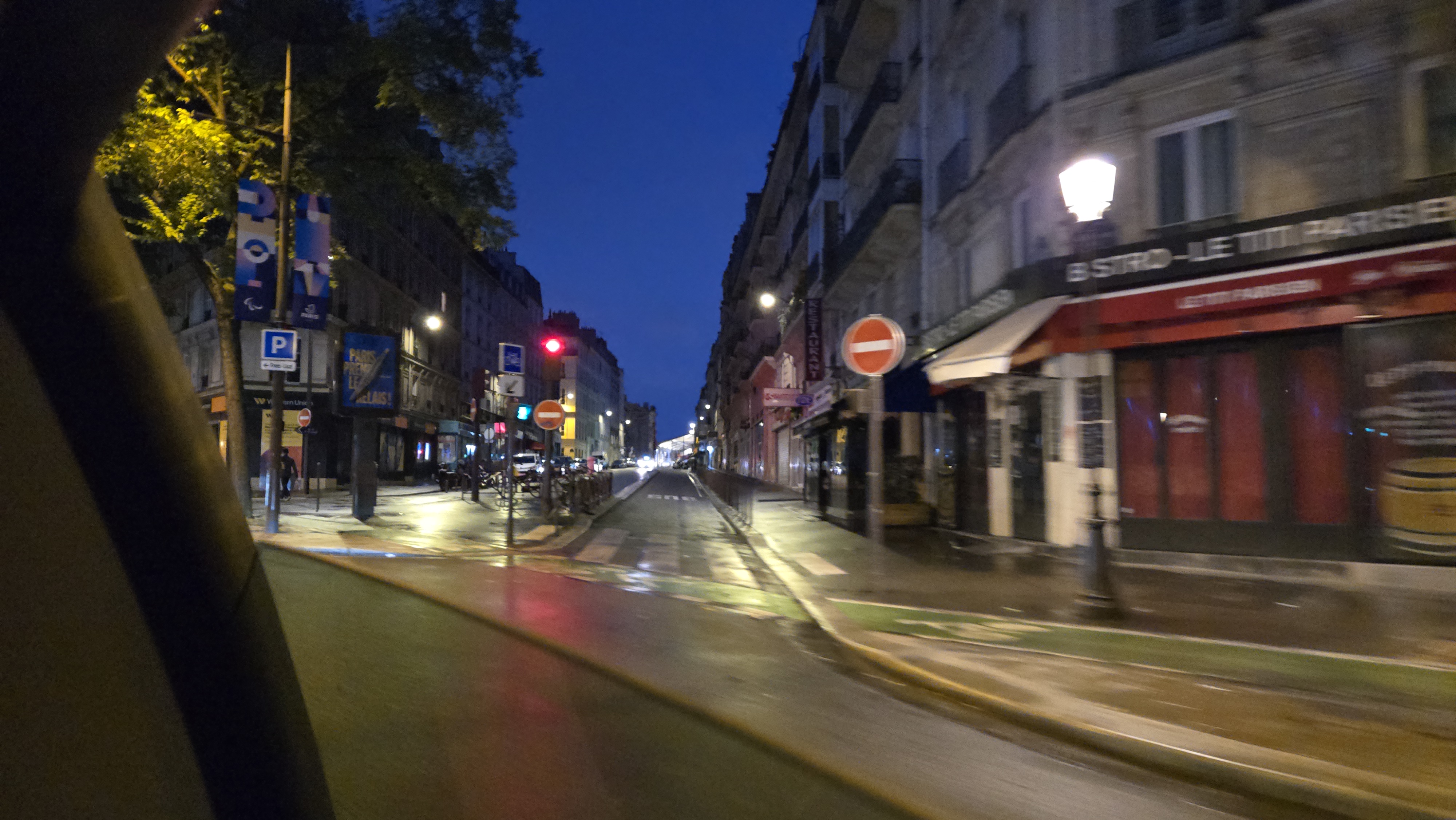
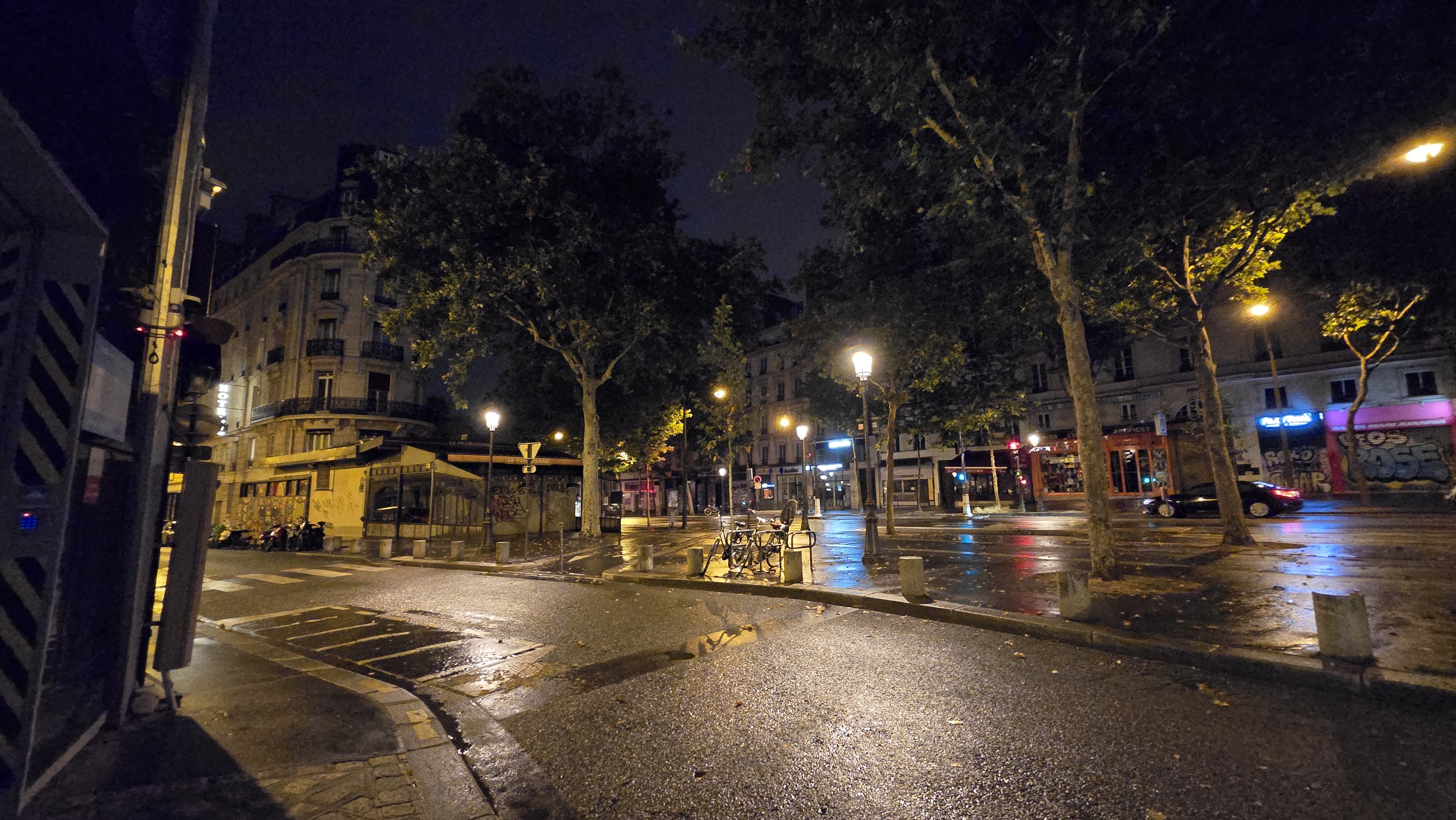
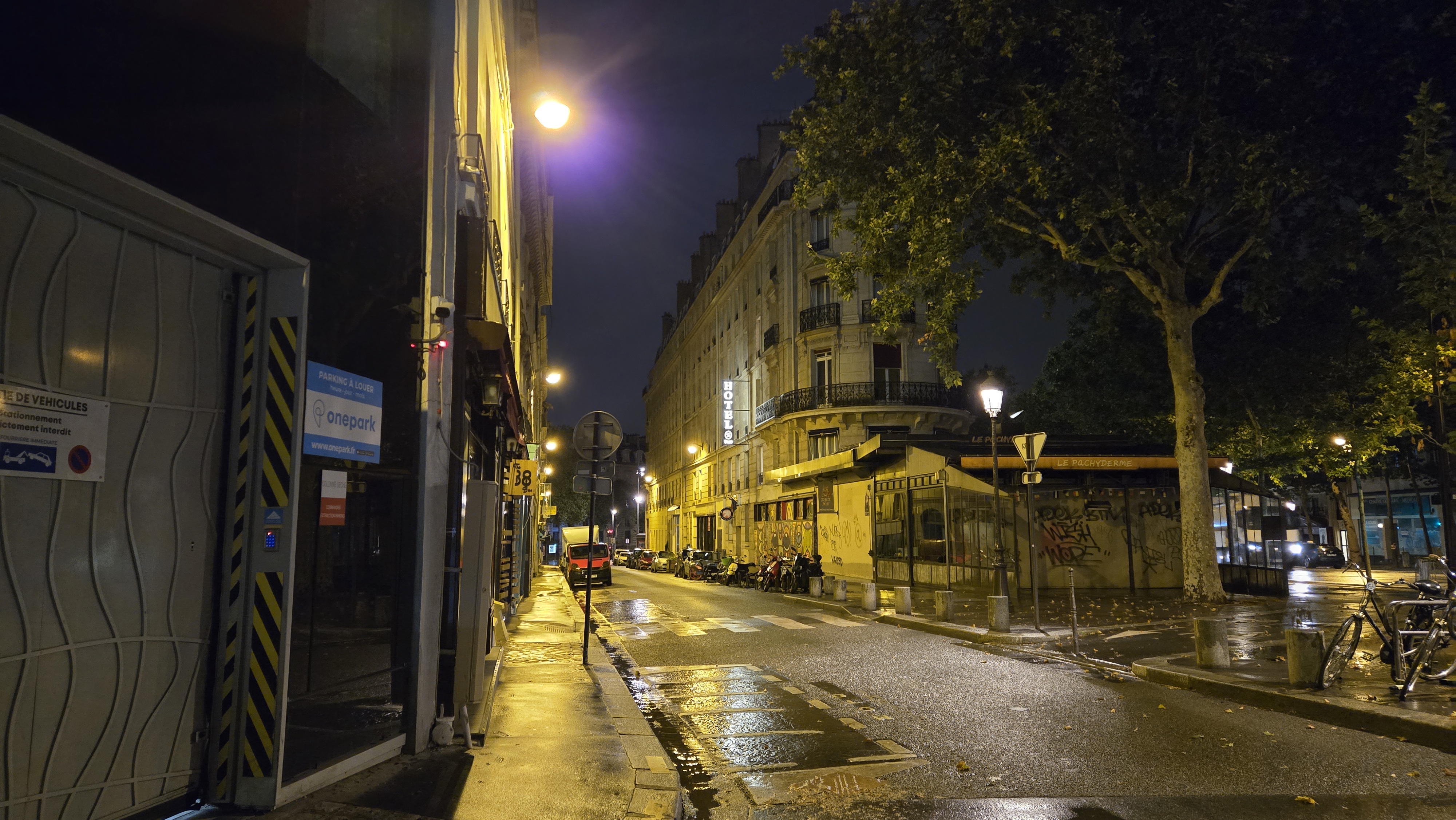
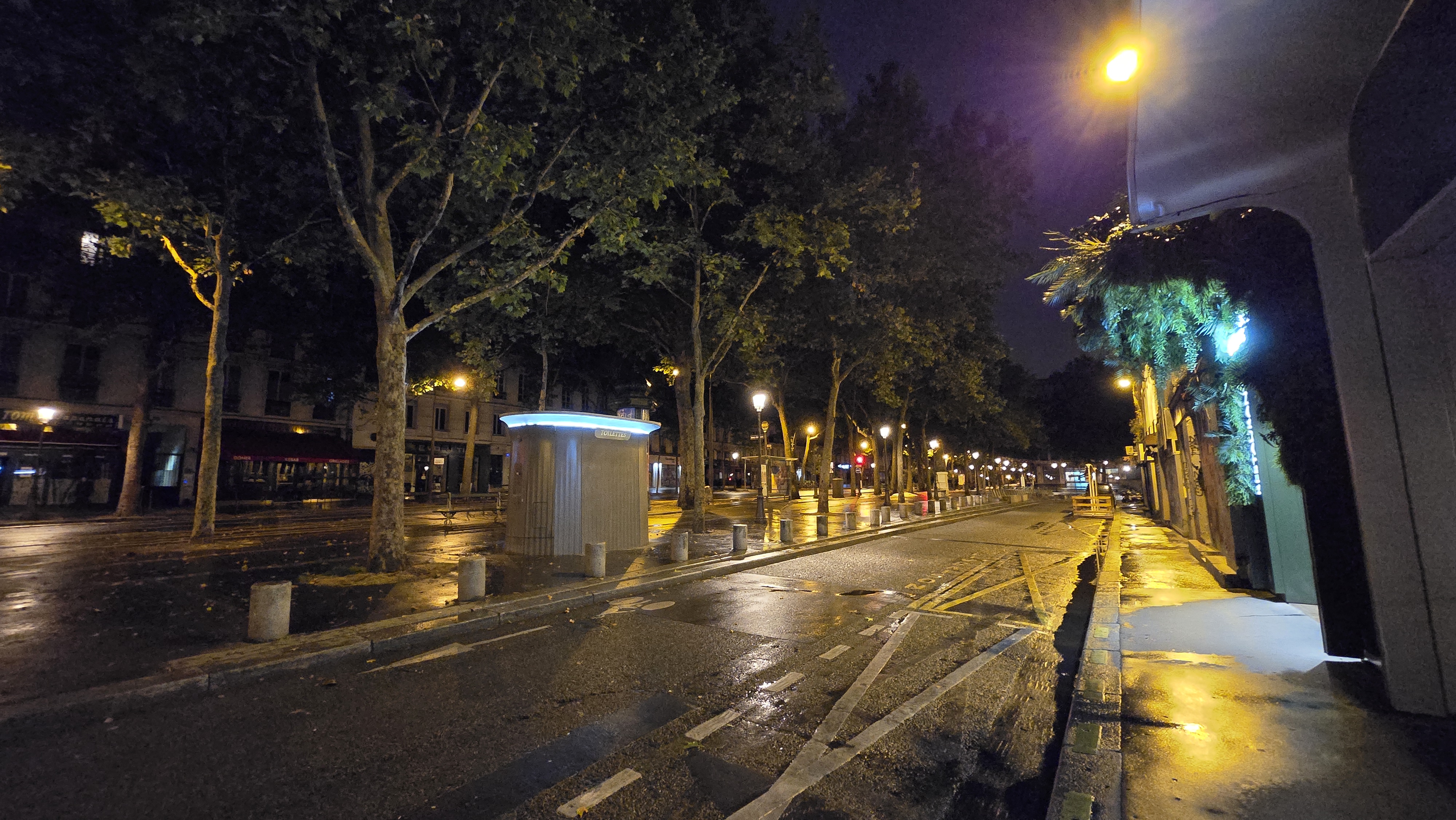
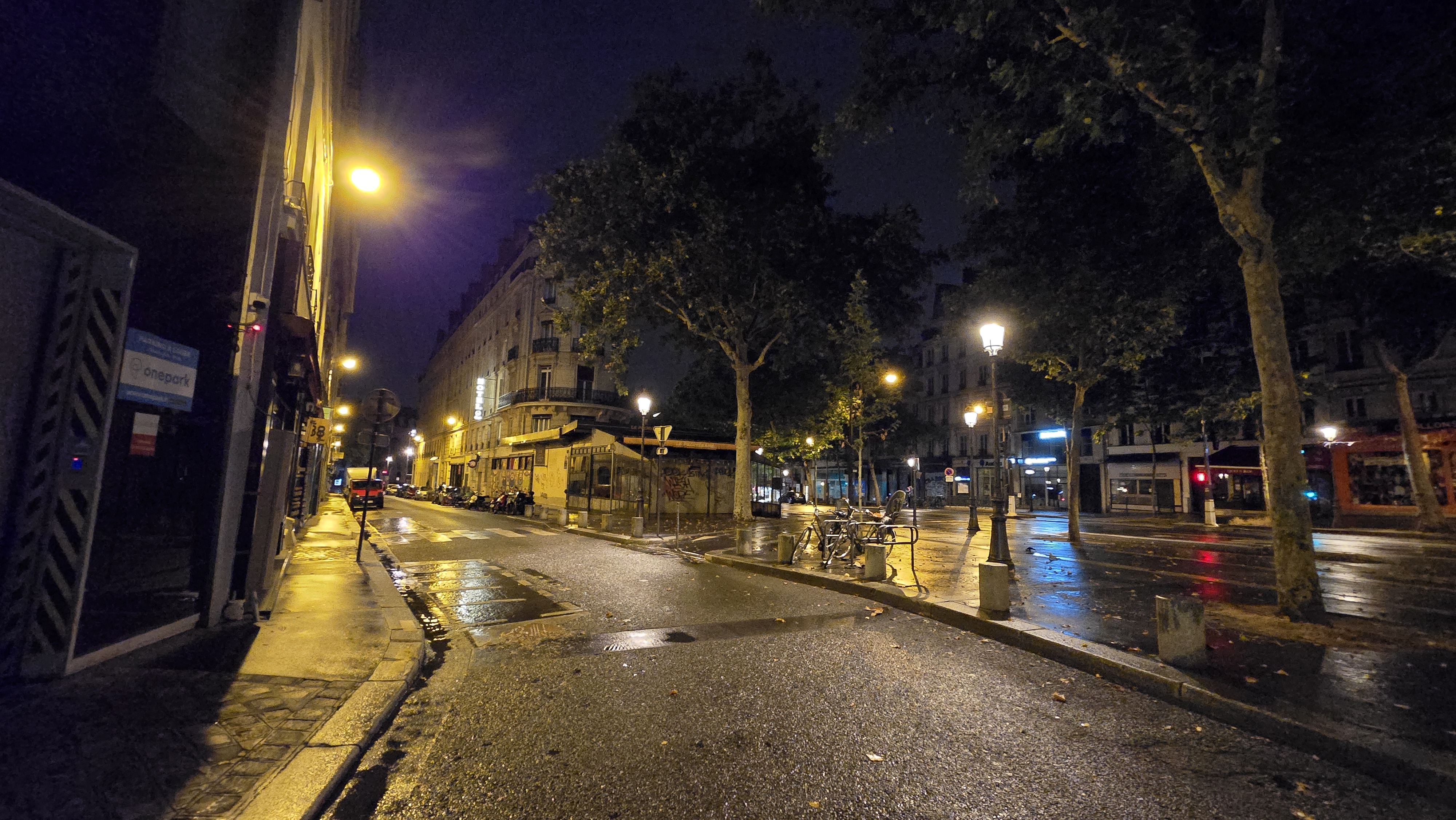
If anything, the Flip 6 looks to be the more improved device here. It too gets that improved ultra-wide sensor, while that 50MP main sensor is an upgrade on its 12MP predecessor.
In use, the cameras didn't hugely impress in our testing. While the photos the cameras take do look good, there's a lack of zoom, and a good suite of photos tend to lean into classic Samsung oversaturation, meaning the sensors in the Flip 6 can't compete with the best camera phones.
Galaxy Z Flip 6 camera samples
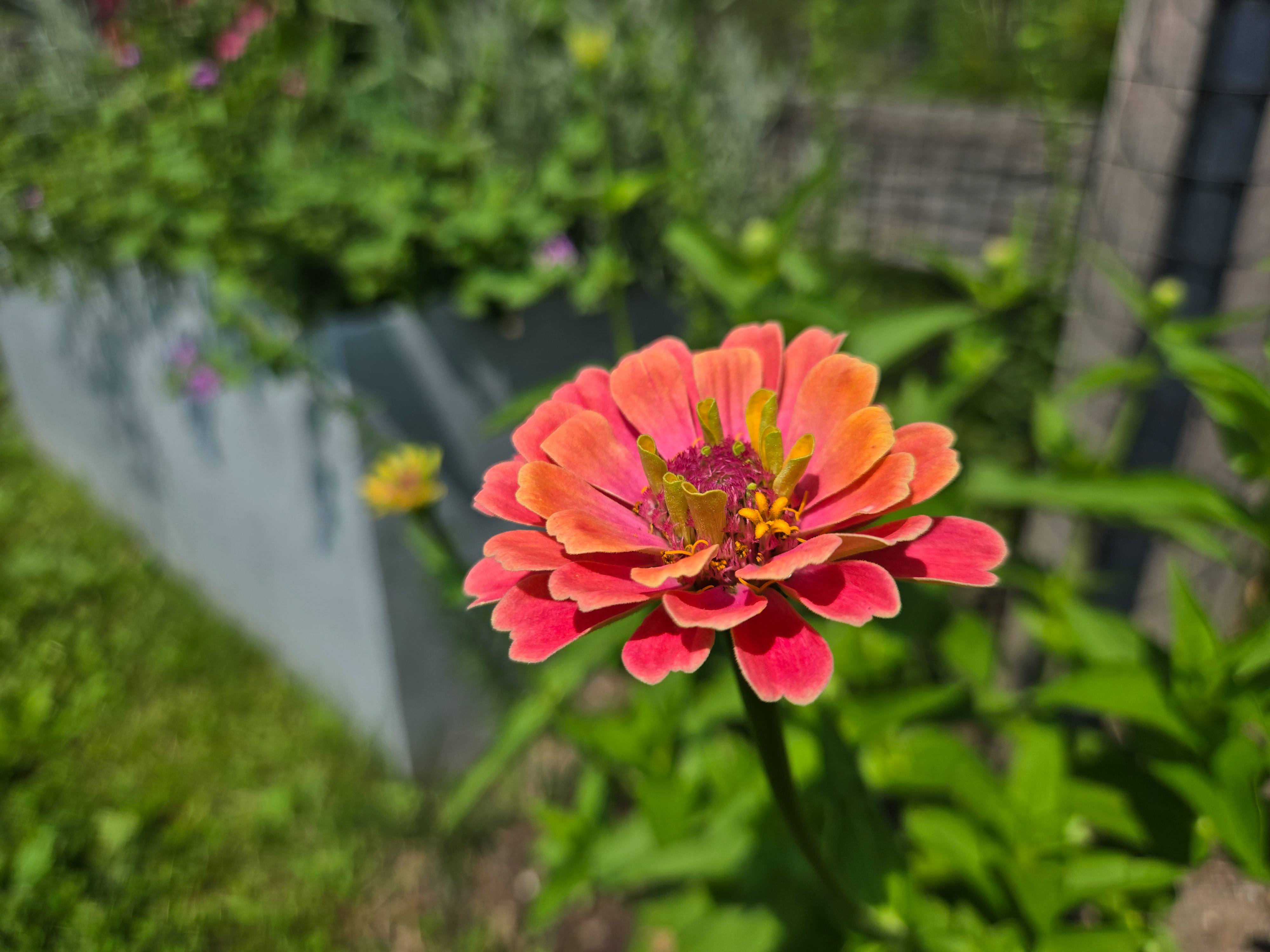



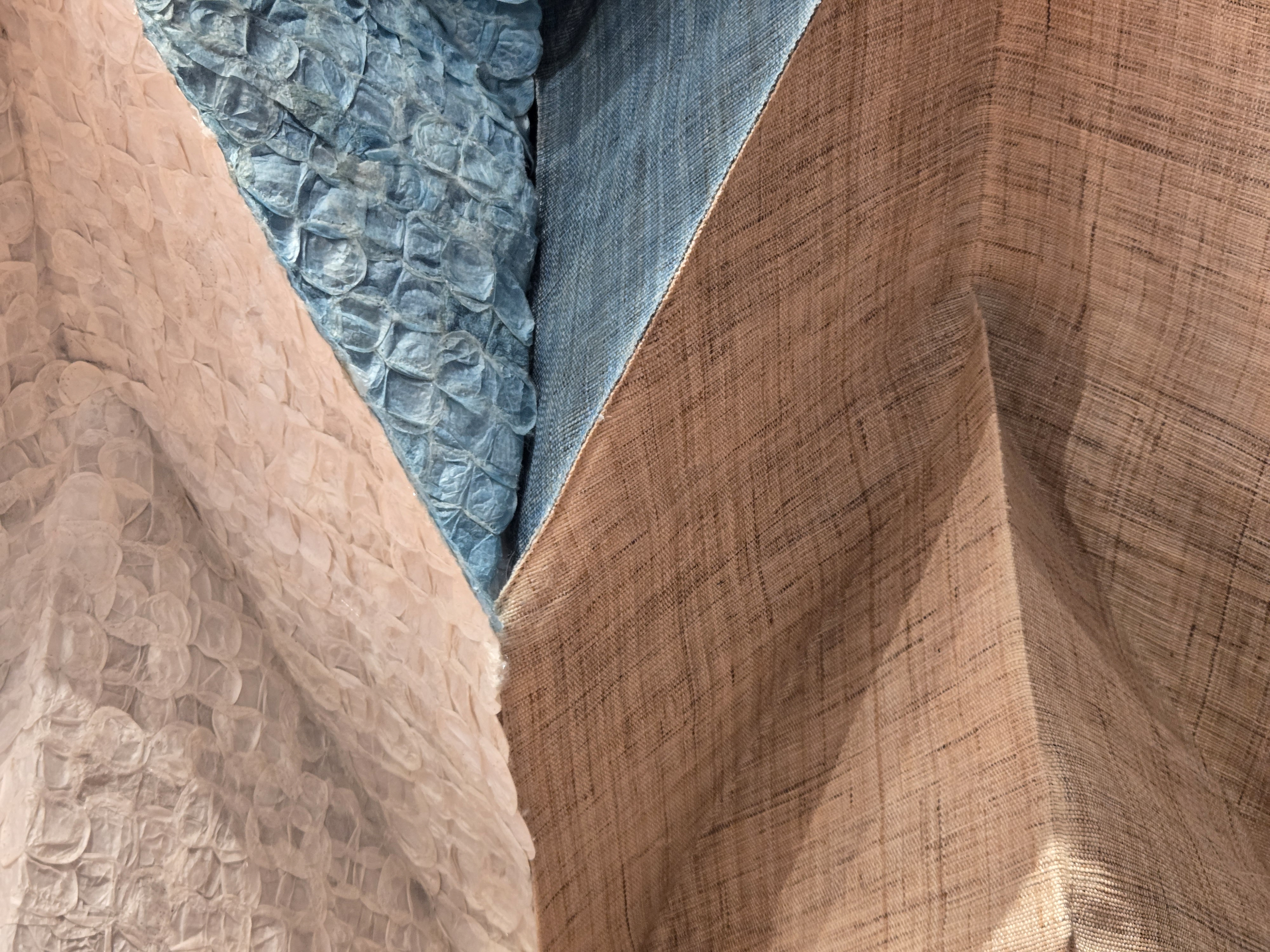
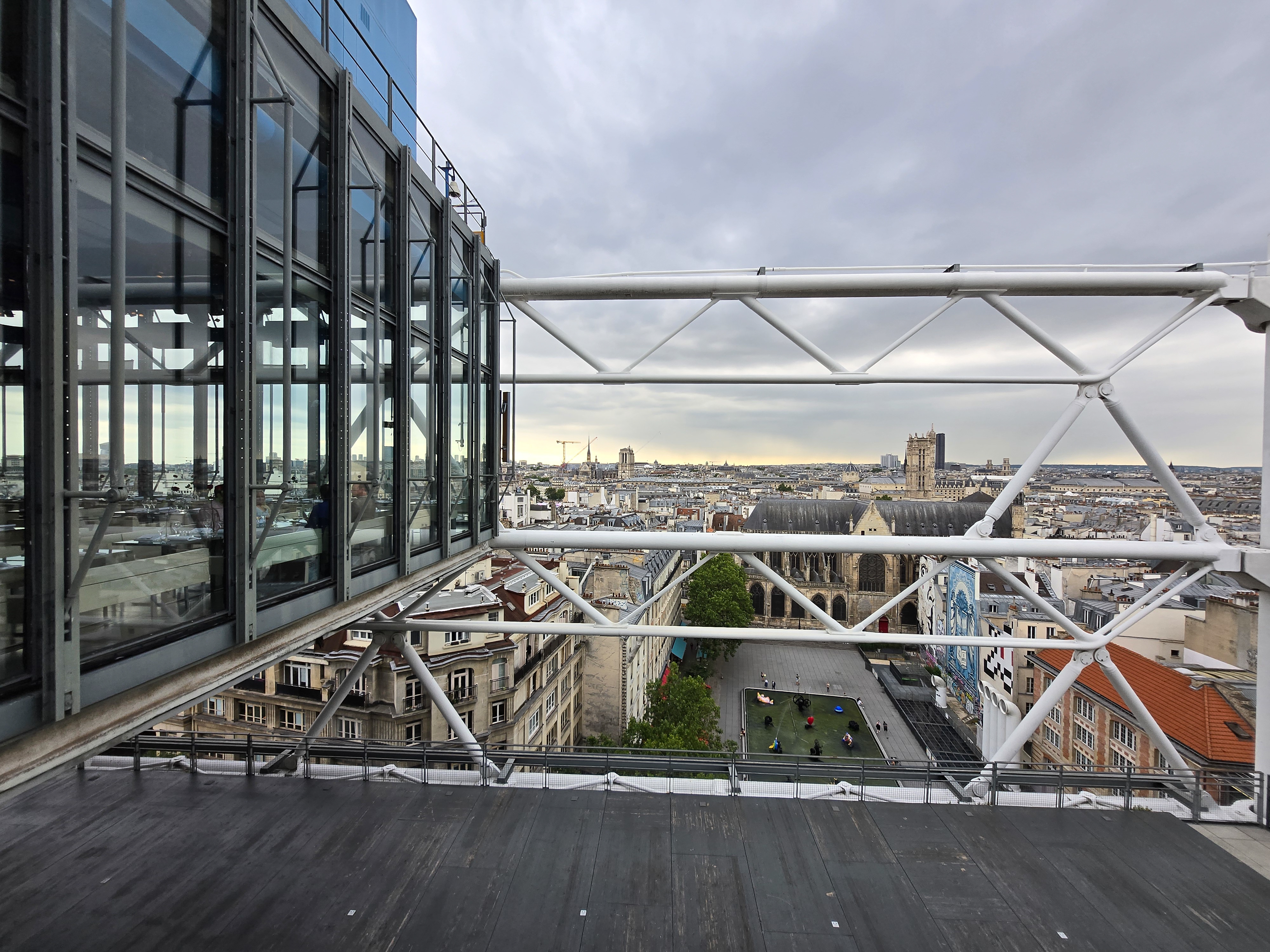






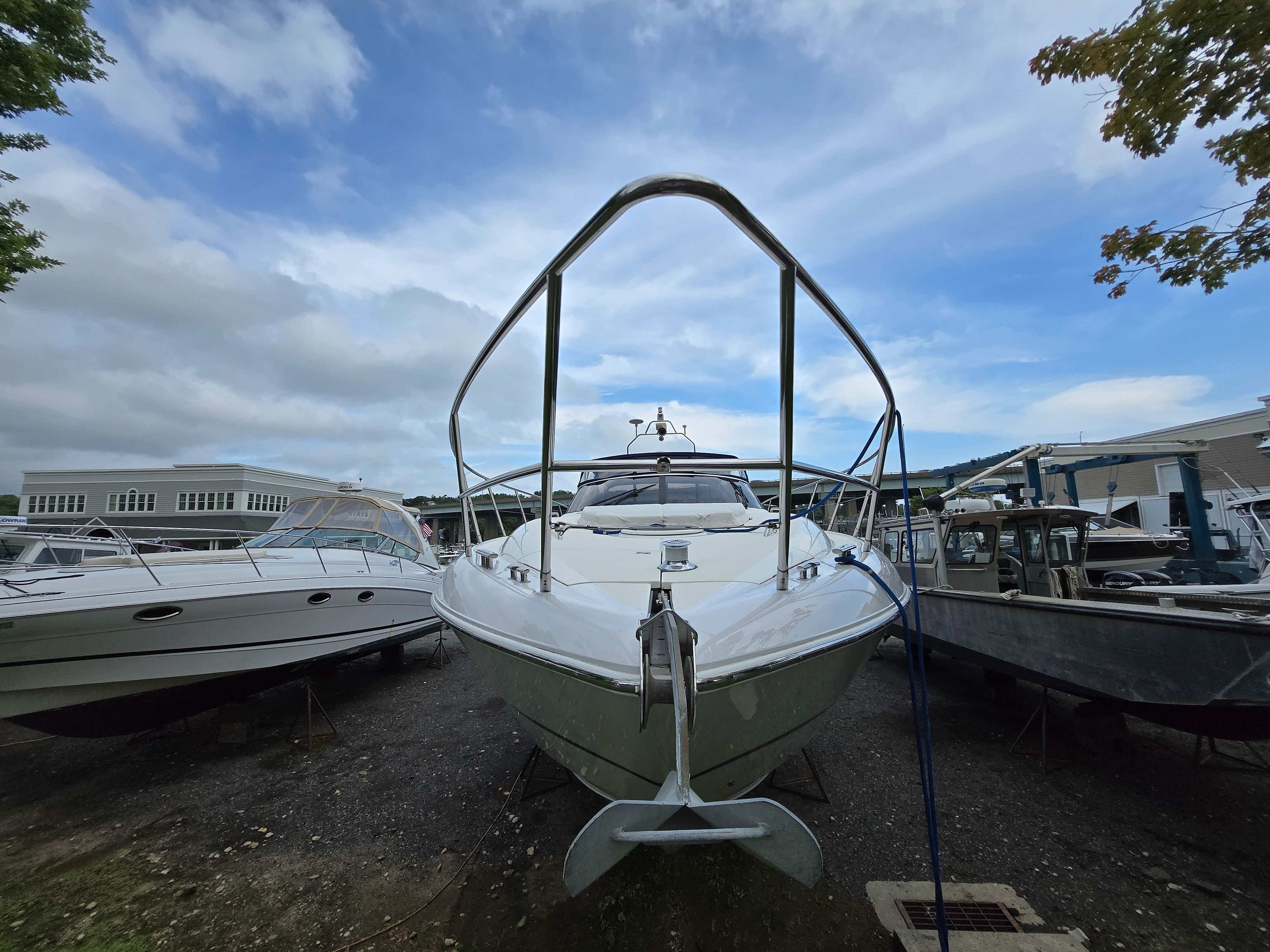


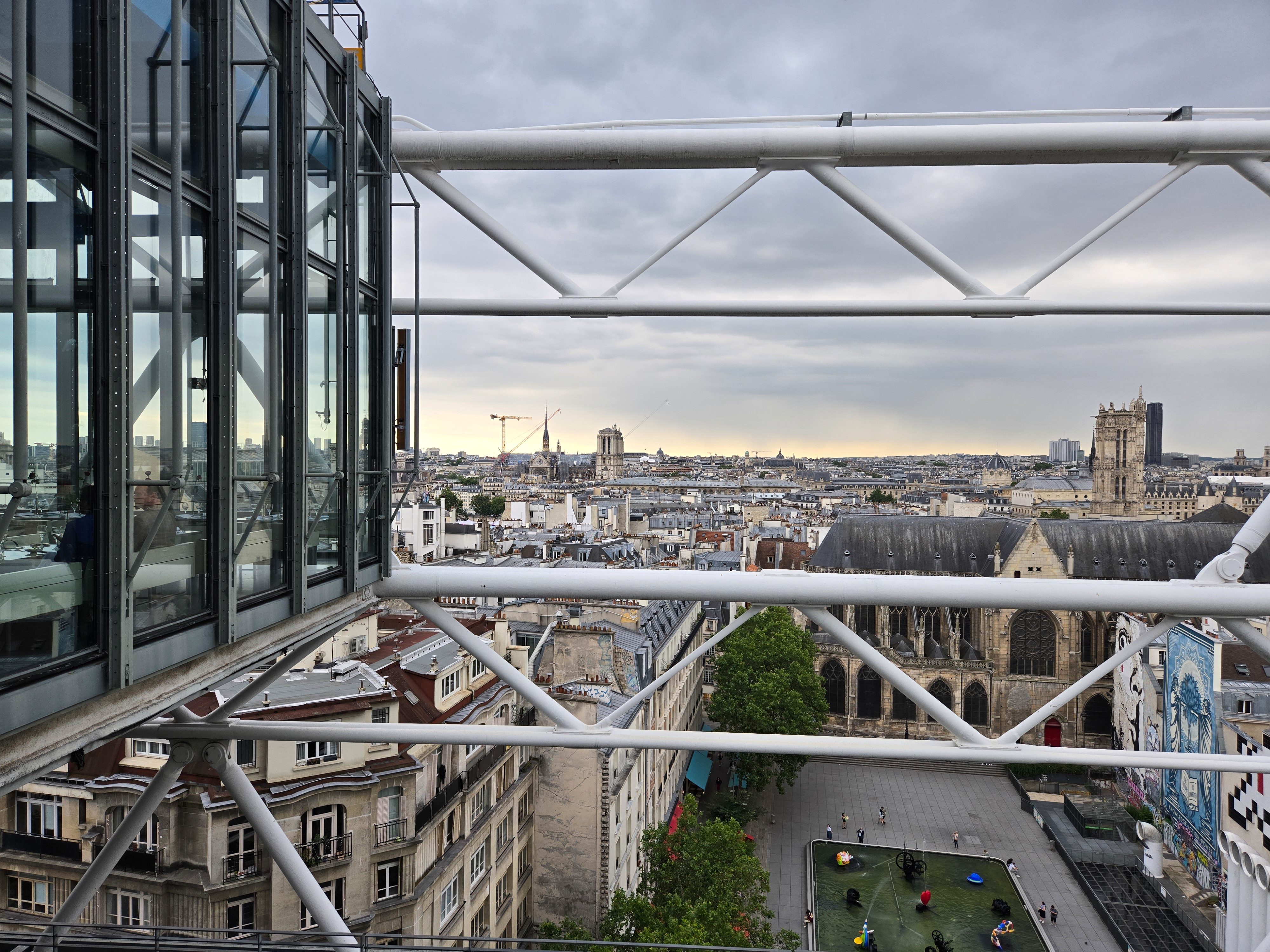



In general, if you want the best phone photography, you'll need to go for a phone that folds like the Galaxy Z Fold 6. And in this case the Fold 6 trumps the Flip 6.
Samsung Galaxy Z Fold 6 vs Samsung Galaxy Z Flip 6: performance and software
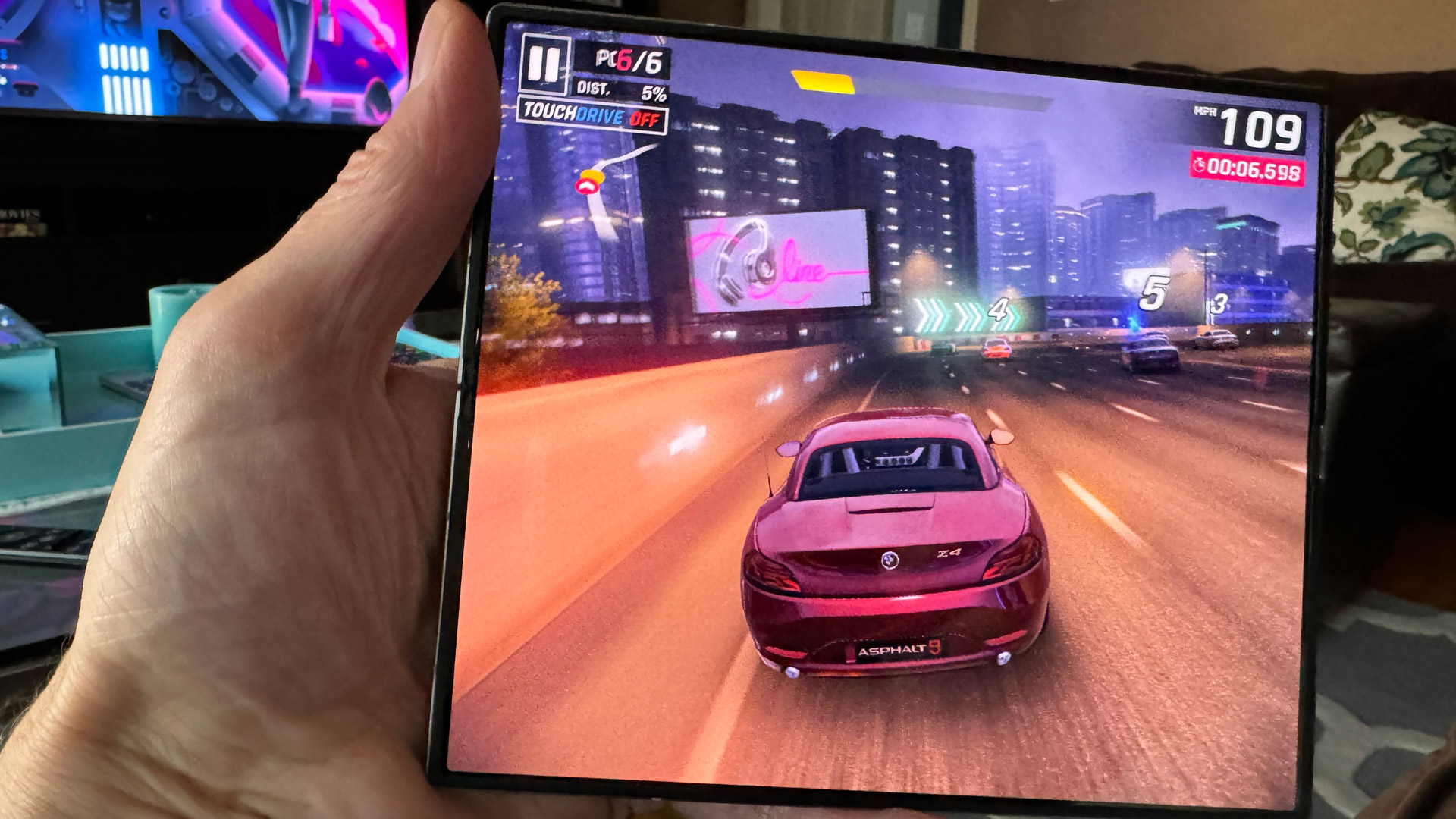
Both phones feature the same tuned Snapdragon 8 Gen 3 for Galaxy chipset and 12GB of RAM. In our Future Lab testing, the Galaxy Z Fold 6 got a Geekbench 6.3 multi-score score of 6,901 and a single-core score of 2,172. The same test for the Galaxy Z Flip 6 yielded a multi-core score of 7,022 and a single-core score of 2,091.
There's really not much difference between the phones in terms of raw performance and both will handle multitasking apps and gaming with ease.
Overall, the only way in which the larger foldable model gains a slight advantage is with its additional storage tier. Alongside the 256GB and 512GB options that both share, the Fold 6 includes a range-topping 1TB model.
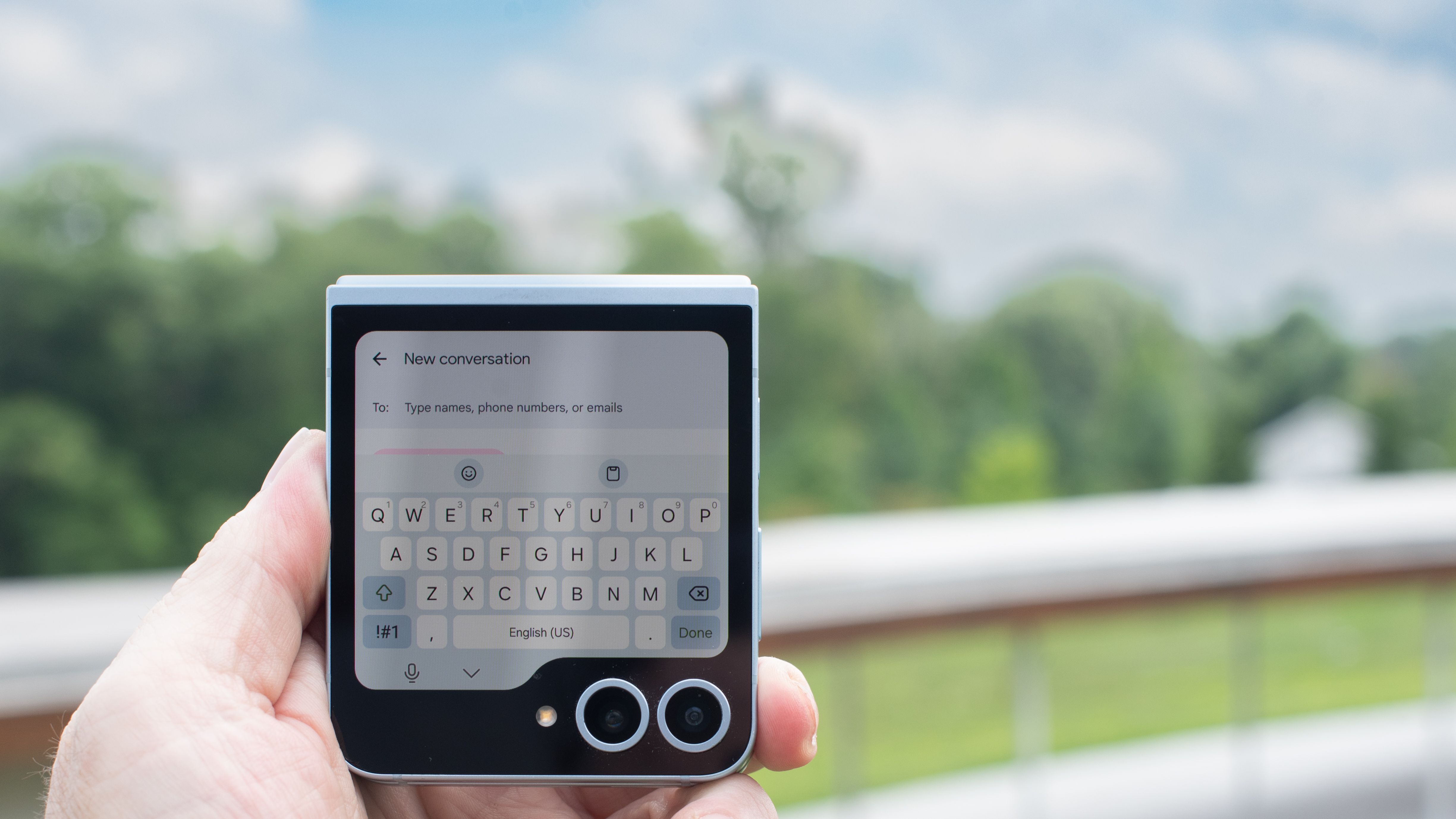
Software, as you might expect, is broadly the same across the two devices. Obviously the version of One UI 6.1.1 (based on Android 14) on the Fold 6 will play out over a larger canvas, but the core features will be the same.
As with the Galaxy S24 range, Samsung is going big on Google Gemini-aided AI features this year. Think real time transcription, AI wallpaper generation, and various image enhancements tricks.
There's a AI real-time translation feature on both of these phones, as each screen will be able to show a different side to the conversation.
Both will also get seven years of software support, which (together with the Pixel 8) is the best in the business.
We should make another mention of the S Pen support in the Fold 6, too, as this brings with it some extra software tricks like the ability to translate written notes to digital text in the Notes app. Sketch to image is able to generate sophisticated art from your rough scribblings.
Samsung Galaxy Z Fold 6 vs Samsung Galaxy Z Flip 6: battery
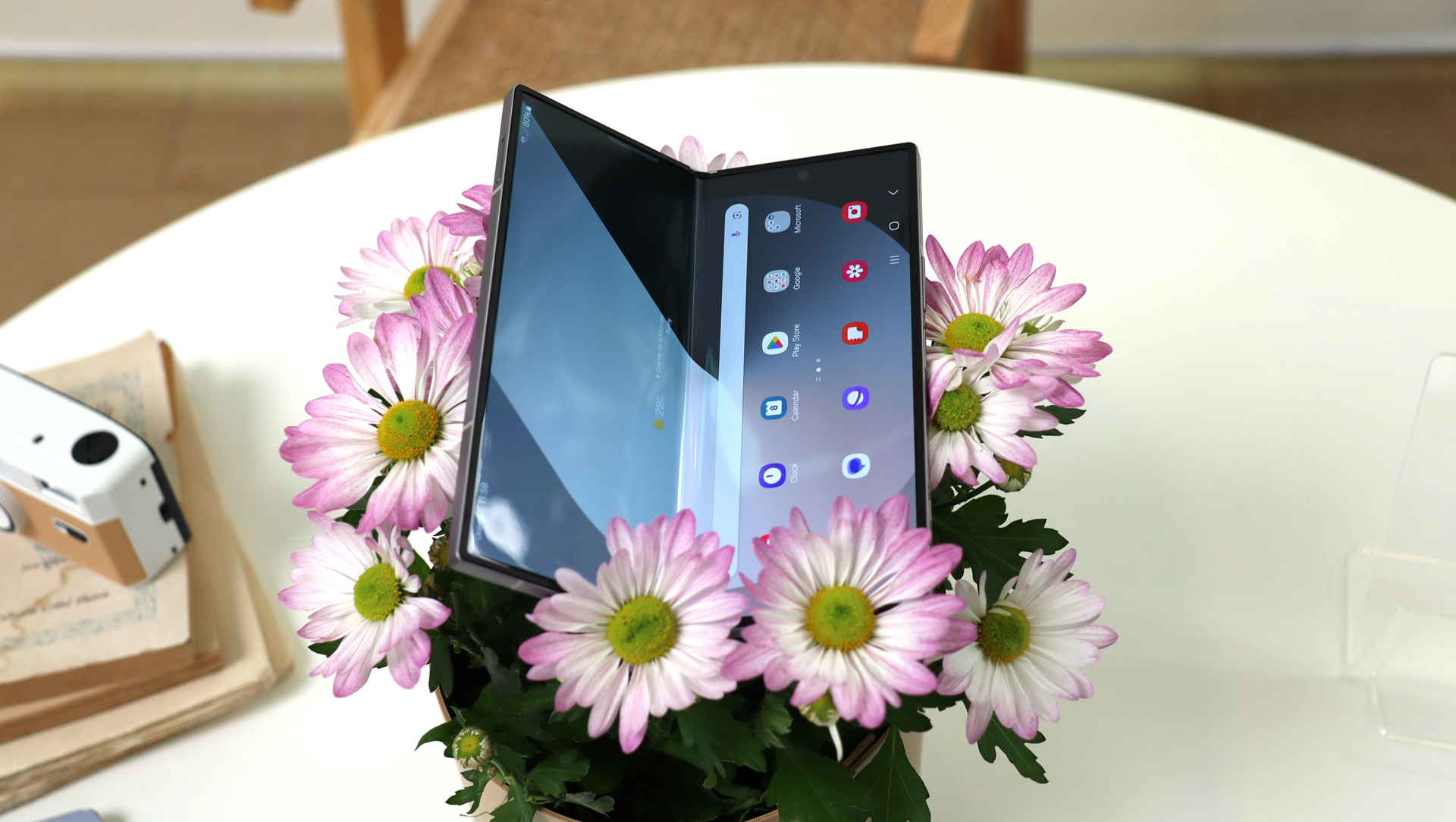
Neither of these phones has a particularly large battery, but the Galaxy Z Fold 6’s 4400mAh cell is larger than the Flip 6’s 4000mAh equivalent. That represents an improvement for the Flip 6, and stasis for the Fold 6.
In our lab testing, which involves web browsing on both phones on a 5G connection until they die, the Galaxy Z Fold 6 lasted 1o hours and 15 minutes in its 'Adaptive' display mode, whereas the Flip 6 manged 11 hours and one minute; clearly having smaller screens to power works in the Flip's favor in terms of battery life.
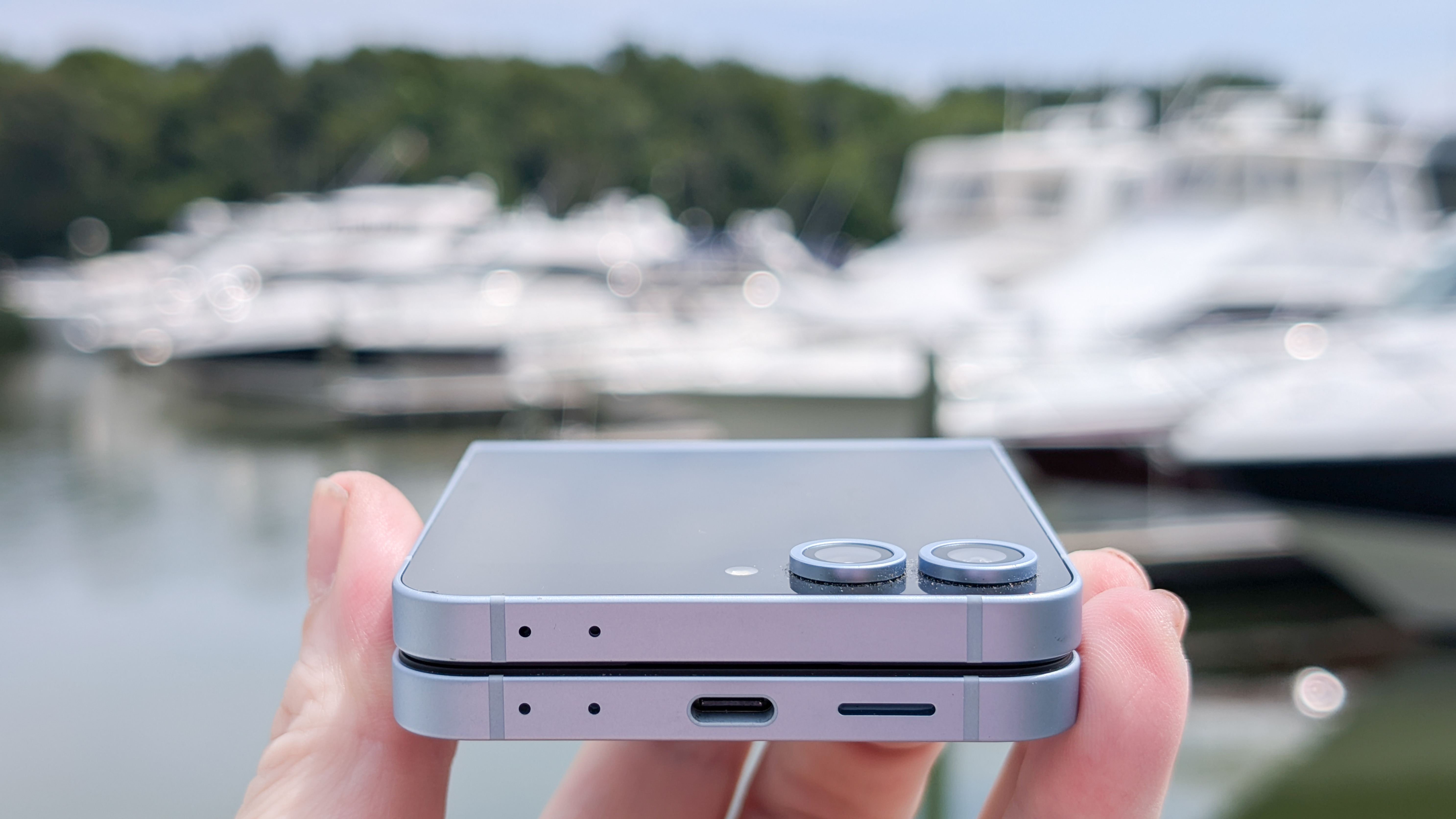
Both phones support 25W wired charging, which looks increasingly puny as time goes on and the prices go up. Samsung claims that you can get to 50% in 30 minutes with both, which isn’t tearing up any trees.
Support for 15W wireless charging across the board is just fine. Other manufacturers support faster, but only with the separate purchase of bespoke chargers.
Samsung Galaxy Z Fold 6 vs Samsung Galaxy Z Flip 6: verdict
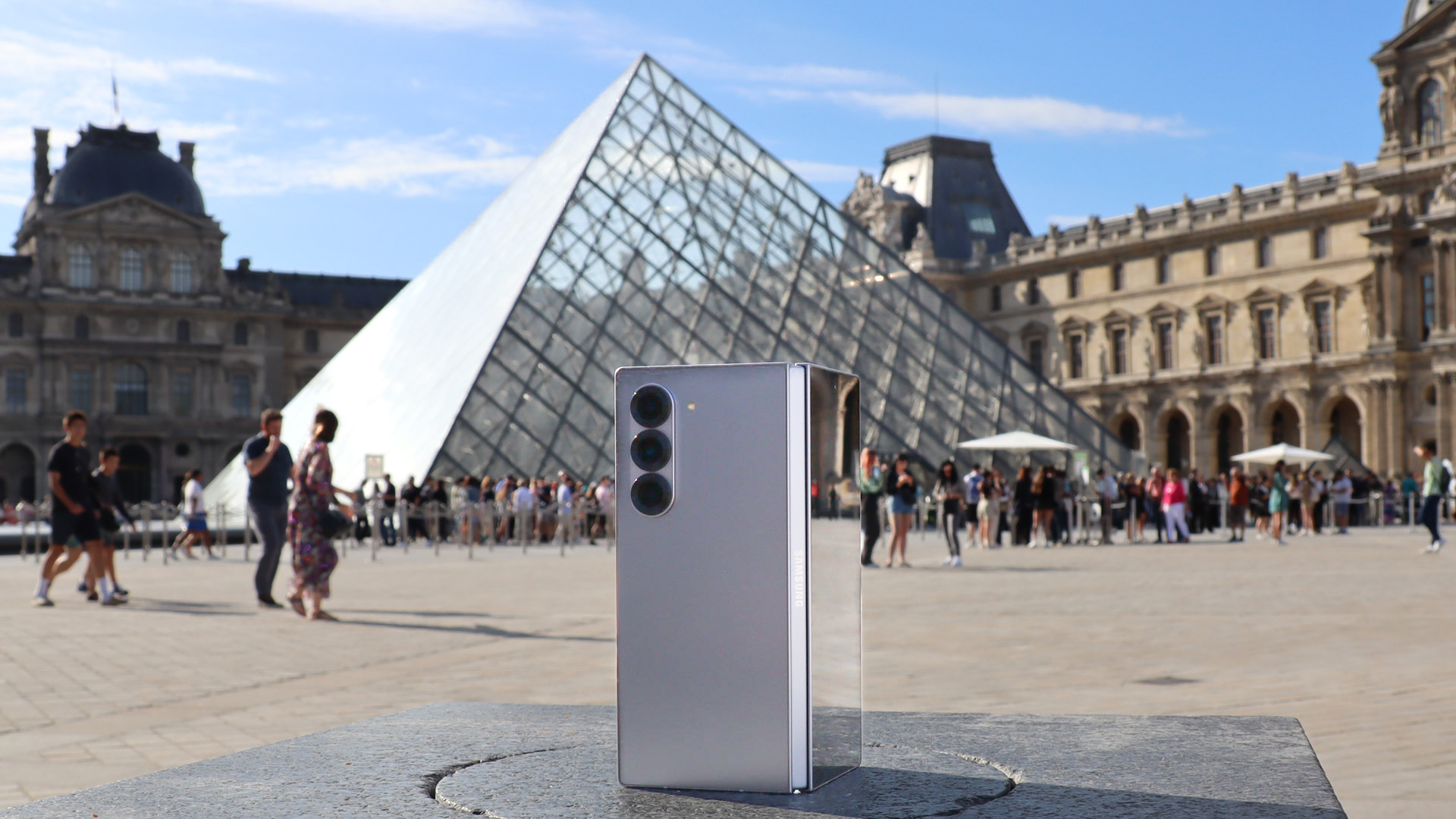
It’s fair to say at this early point that Samsung hasn’t been radical with its improvement on either of its new foldables. If we were to summarise, the Galaxy Z Fold 6 wears most of its improvements on the outside with a sharpened up design, while the Galaxy Z Flip 6 closes the gap to its big brother in terms of internal components.
Overall, the Fold 6 arguably offers the better folding phone experience in terms of providing a device that can pull double duties as a phone and a tablet. Plus its cameras are rather good. The Flip 6 is less impressive, but it has a compelling design and for people wanting a great modern take on the classic flip phone, the Flip 6 is still well worth your consideration.
You might also like
Get daily insight, inspiration and deals in your inbox
Sign up for breaking news, reviews, opinion, top tech deals, and more.
- Roland Moore-ColyerManaging Editor, Mobile Computing